|
Week
ending 30th August:
Barns Ness
and Torness
This week I headed east,
past Dunbar, to Barns Ness hoping to see some migrant action. The
weather prediction was very encouraging - bright with no rain or strong
winds. As I got out of the
car I was treated to a fly past of a pair of Mute Swans. A good start.
The tide was low as I started
my walk along the seashore towards the Lighthouse. A Turnstone was
scrambling over piles of
stinking seaweed searching for invertebrates to eat. I noticed a female
Wheatear moving
among distant rocks, obviously checking me out. A pair of Linnets were
also dodging nervously
across the foreshore.
| Mute Swan |
Turnstone |
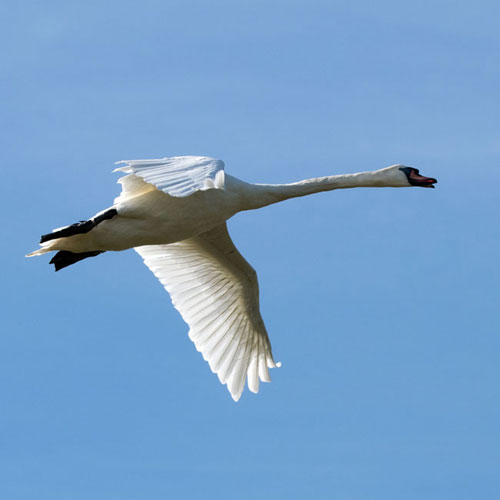 |
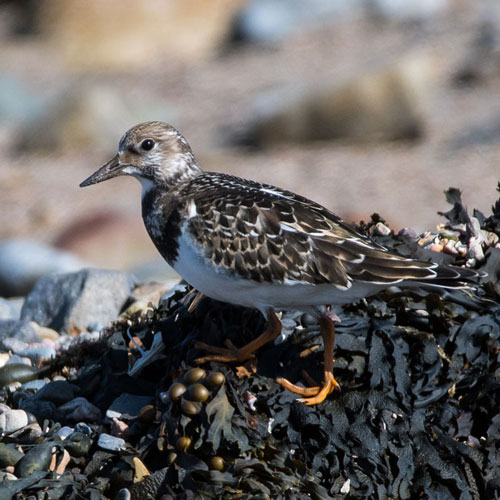 |
| Female
Wheatear |
Female
Linnet |
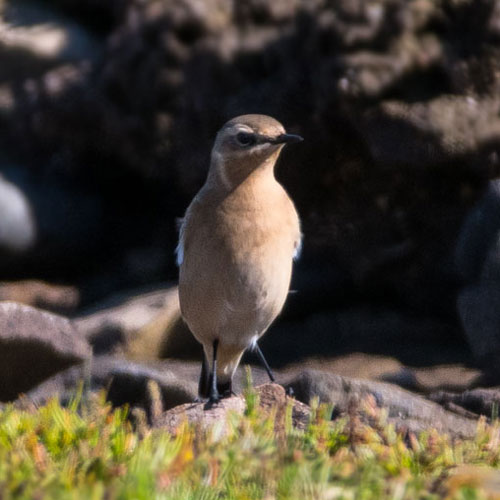 |
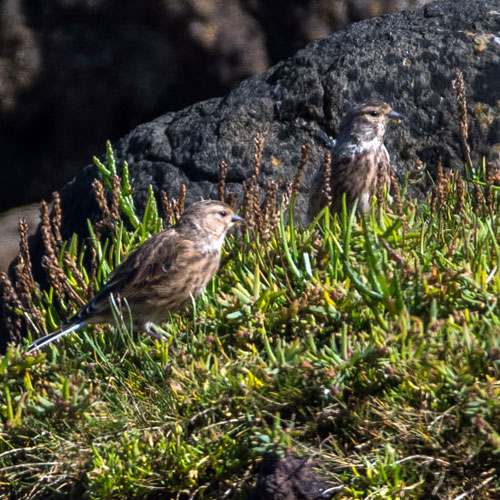 |
I
rounded the lighthouse and walked
along the seaweed-strewn beach to the east for about 400m when I
noticed a
flock of Sandwich Terns on rocks
about 50m from the shore. I sat on a
large rock to observe them when I became aware of quite a few Ringed
Plovers
and Dunlin foraging a few metres from me. They were against the light
and I
couldn’t easily get on their other side without disturbing
them. I did though
have an excellent view of a large Herring Gull.
| Barns Ness Lighthouse |
Juvenile Ringed Plover |
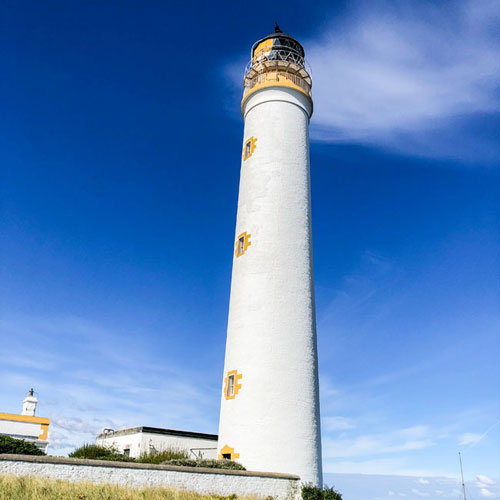 |
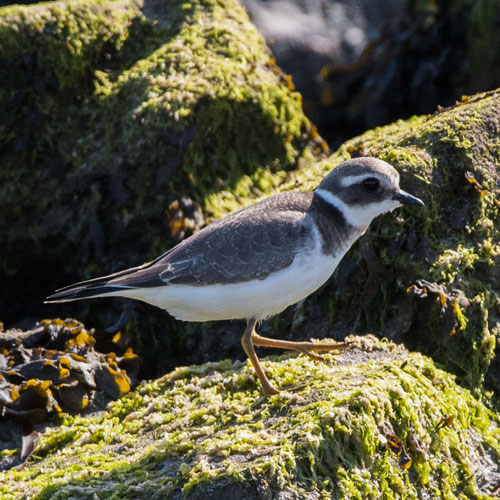 |
| Dunlin |
Herring Gull |
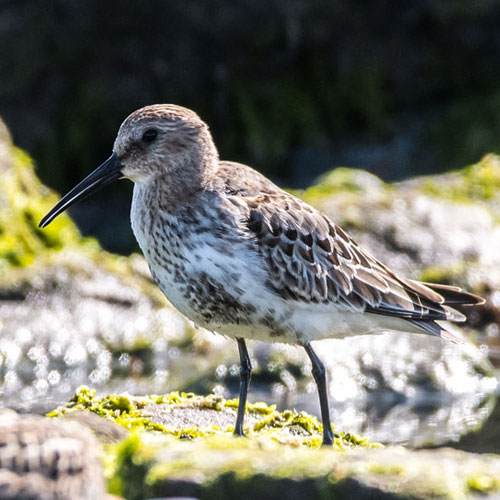 |
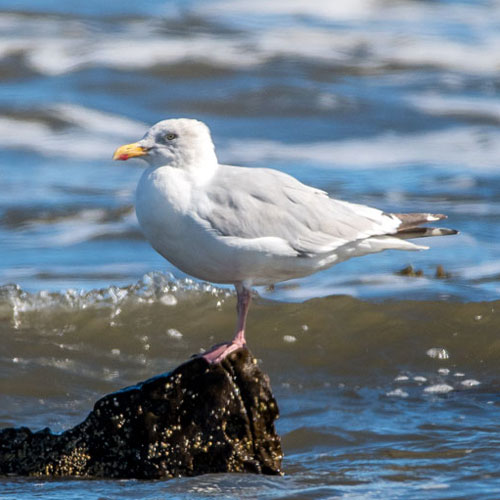 |
After doing my best to get decent shots of the waders I turned my
attention to the Terns.
They were very noisy and active. The parent birds were diving for fish
and returning to feed their
chicks. The tide was incoming so I waited patiently as it encouraged
the Terns to move to rocks
nearer the shore. However, my observation session was abruptly and
rudely ended when a dad
and his 2 kids chose to explore those rocks, out of the, literally,
miles of empty beach, alarming all
of the birds I’d been photographing. Pissed off, I returned
to my car and drove a few miles further
east to the Torness Power Station car park. Just as I was about to get
out of the car I noticed a
tiny insect on the dashboard. It is was Conosanus
obsoletus, a leafhopper. True to its
decription, it hopped swiftly onto the car floor, never to be see again.
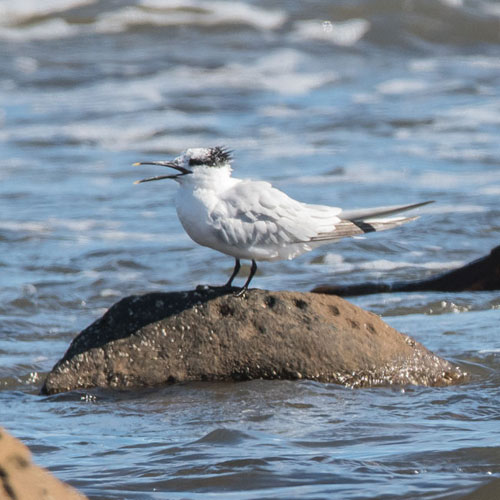 |
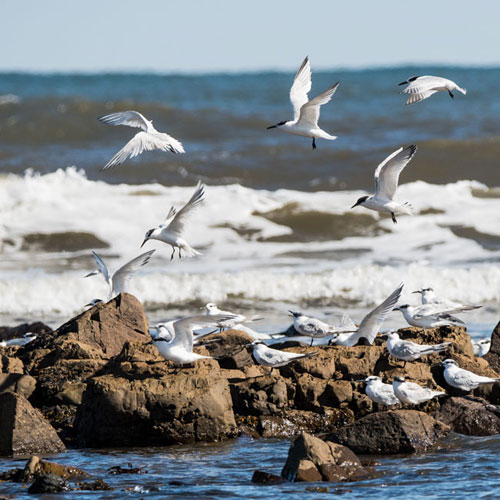 |
|
Bug - Conosanus
obsoletus |
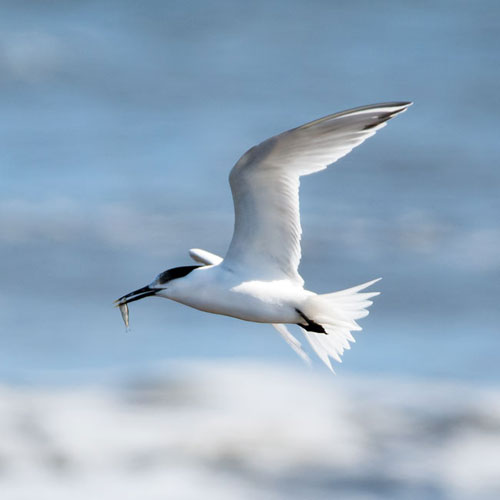 |
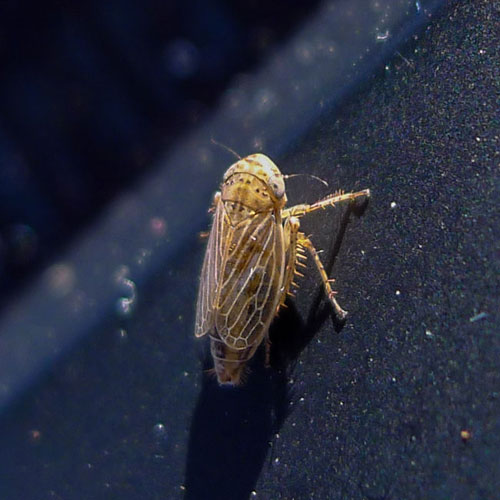 |
There is a public walkway, immediately the north of the Power Station,
which offers great views of
the Firth of Forth. As I progressed along the walkway I passed a few
anglers plying the skills trying
to catch Mackerels. My plan was to photograph any passing birds or
Cetaceans even. Thankfully
the signs were encouraging as within a short time I had snapped passing
Curlews and Shag. I
also captured an image of a Rock Pipit loitering on the sea wall.
The walkway leads to a harbour and an excellent viewpoint. The picture
below shows the
panorama to the west of the Torness Power Station.
There were a few juvenile birds flying past. The largest I saw was a
first year Lesser Black-backed
Gull. It glided past with an authority to match its size. A lot
smaller, and less imposing was the 1st
year Common Gull that appeared soon after. With its smaller, pink and
black beak, and it’s warm
brown feathers, it was a far prettier bird. The most plentiful gulls on
view were the Black-headed
Gulls. A juvenile sped past. It’s plumage was a mixture of
juvenile and adult markings. I noticed a
Shag diving for fish below my observation point. It kept an eye on me
but seemed to know that I
was unlikely to interfere with its efforts.
| 1st Cycle Lesser Black - backed Gull |
1st Cycle Common Gull |
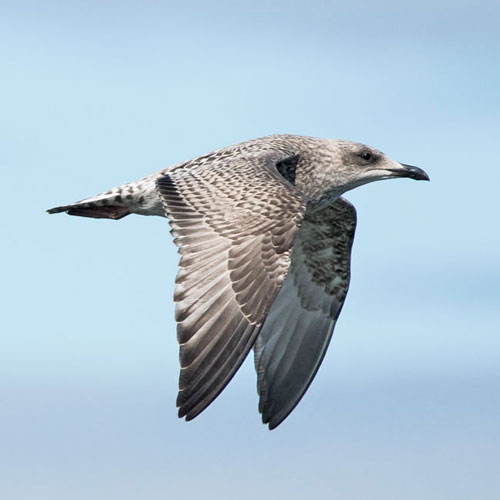 |
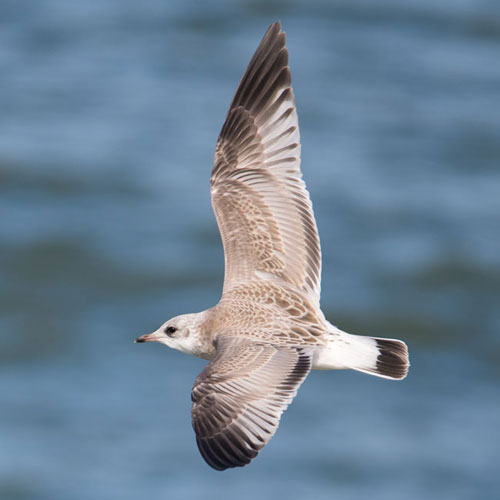 |
| 1st Cycle Black - headed Gull |
Shag |
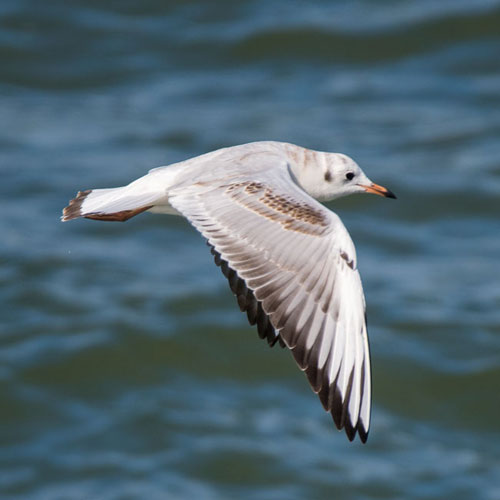 |
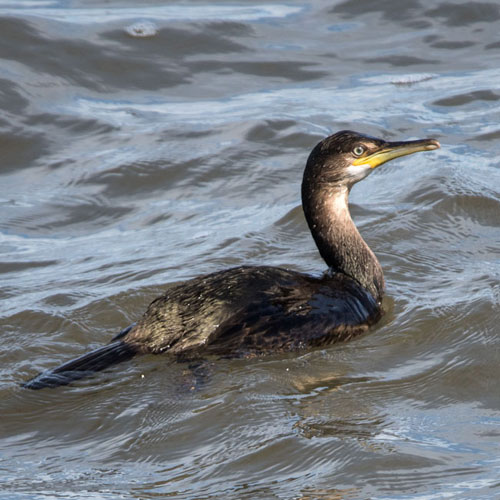 |
I was pleased to see that there were a few passes every hour of one of
my favourite sea birds, the
master of the wind currents, the Fulmar .
There were more frequent fly pasts by another of
my favourite seabirds, the Gannet. One particular pass was very close
and provided another very
welcome photo-opportunity.
Passing less often than
the Shags, were Cormorants. It is often tricky to distinguish between
the
two. I usually see if the yellow patches of the face encompass the eye,
in which case it is a
Cormorant. Shags have eyes well clear of the yellow patches and have
rounder heads and thinner
beaks. As I walked along the upper walkway (usually used in gale
conditions) I came across a
Peacock butterfly on the gravel of the path. My next capture was quite
exciting as it was a juvenile Osprey.
It flew in from the Firth and passed about 15m above my head.
| Cormorant |
Peacock Butterfly |
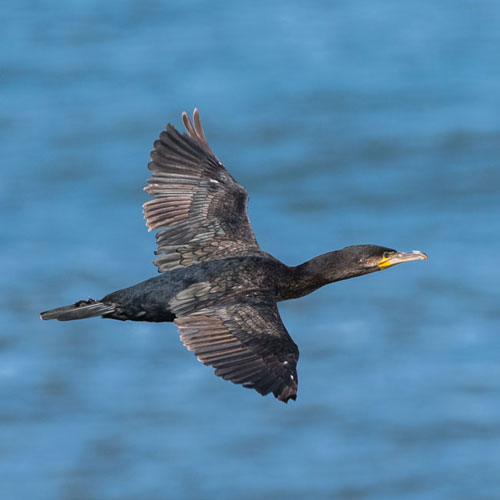 |
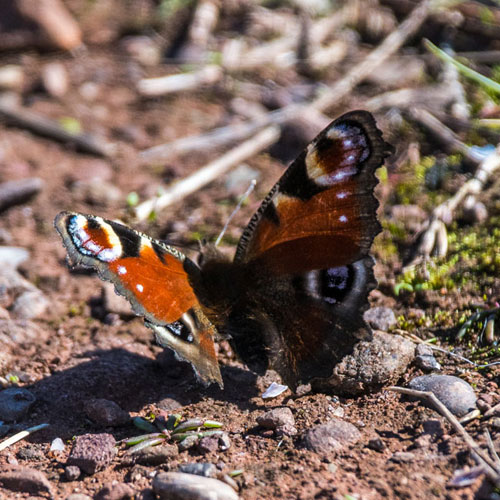 |
I was heading back to the car fairly chuffed with my sightings, but
they weren’t over. I had one
final thrill. I noticed some walkers had stopped and were pointing out
into the Firth. It was a pod
of Bottlenose
Dolphins. There were at least 8 dolphins moving eastwards,
surfacing briefly
in pairs, then plunging beneath the surface for a few seconds, before
re-emerging again. It was
difficult to predict where exactly the dolphins would surface. I soon
realised that if I watched the
lead pair, the next pair would surface in the same area, so I trained
my camera at those patches to
catch the dolphins as they broke the surface. I noticed that there was
at least one calf in the pod.
The pod passed in a matter of minutes, but their passage was great
while it lasted.
If I was chuffed before I saw the dolphins, then after I had nailed a
few decent shots I fairly
skipped back to the car. Of course I celebrated with a strong cup of
tea and a chocolate biscuit.
It’ll be hard to top this visit next week - but
I’ll give it a try
Week ending 23rd August 2020: Musselburgh
With another rainy
weekend predicted I ventured East on Wednesday to take advantage of the
sunny conditions at Musselburgh. I parked near the mouth of the Esk,
before the cadet hall, and
on leaving the car I got some charming shots of some House Sparrows
bathing in a puddle
outside the Hall. Swallows were perching on its walls and Starlings
were amassed on the tall roof
aerial. I also spotted a moth (which I’ve yet to identify) in
a tuft of grass by the riverside fence.
| Female House Sparrow |
Barn Swallow |
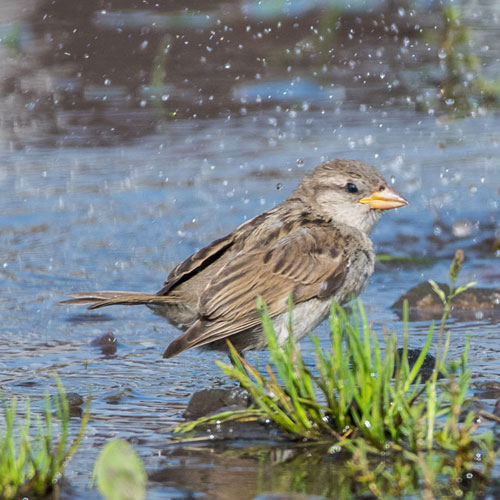 |
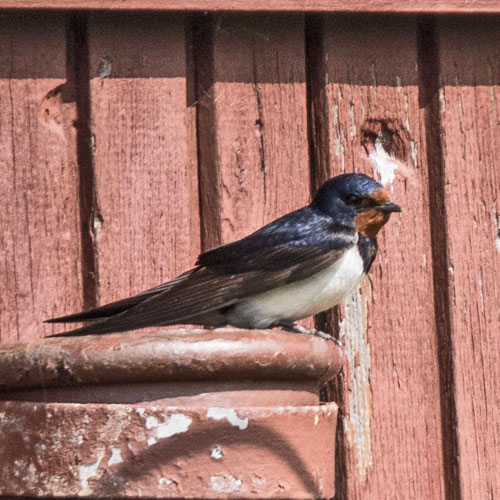 |
| Starling |
Moth T.B.C. |
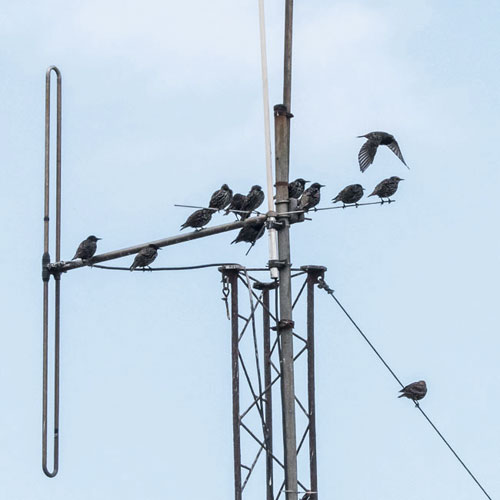 |
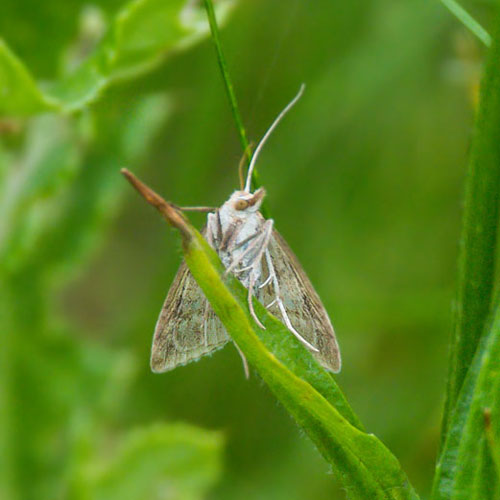 |
The near bank of the river was fairly well populated with birds. A male
Pied Wagtail and its
juvenile were foraging in the water’s edge. At the other end
of the size scale, a Mute Swan was
napping with one eye open while balancing on one leg. A group of
Goosanders were also having a
wee rest, ever-watchful for the next threat.
| Pied Wagtail |
Juvenile Pied Wagtail |
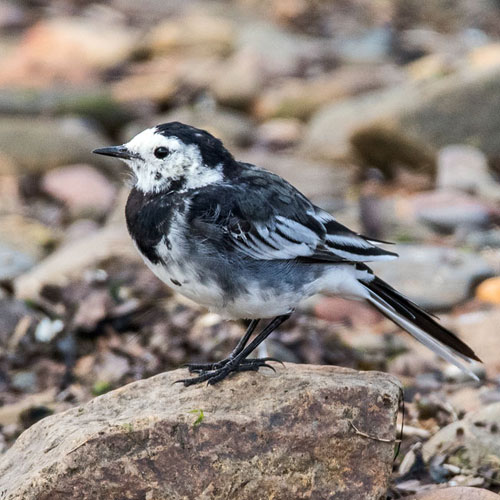 |
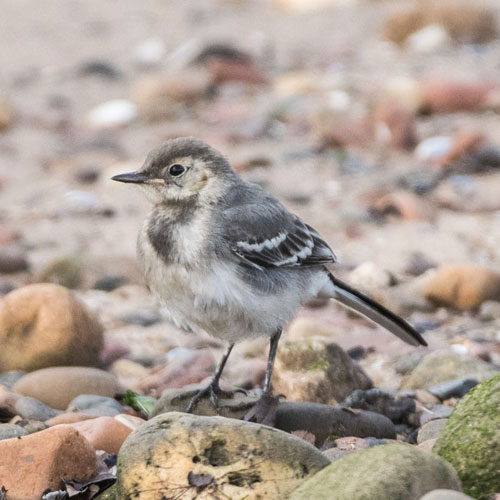 |
| Mute Swan |
Female Goosander |
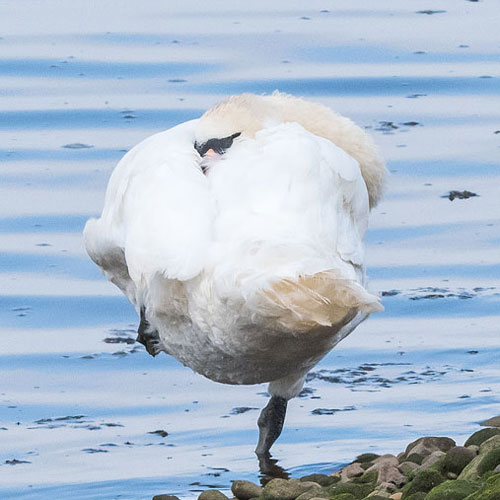 |
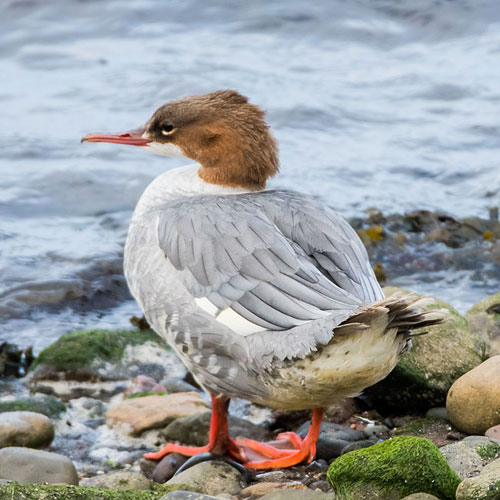 |
As I moved past the Hall, a handsome Starling and young Jackdaw were on
the short grass
searching for titbits.
| Starling |
Jackdaw |
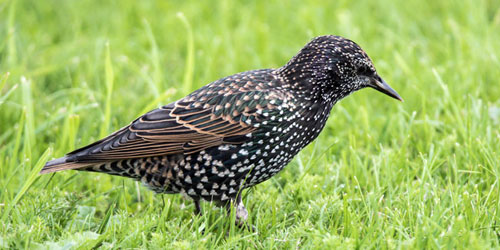 |
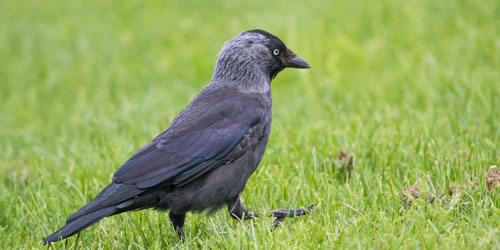 |
At the Esk mouth, many birds were making the most of the last moments
before high tide.
Prominent amongst these was a large flock of Greylag
Geese quarrelling and generally
making a racket. A small flock of Turnstones flew in and I snapped one
scurrying between small
rocks with the remains of a crab. As I did so, I could hear the
familiar creaking call of a Sandwich
Tern as it headed east. A pair of Mallards were taking turns going
bottoms-up as they dabbled in
the shallows, watched carefully by a family of dark-coloured, mainly
juvenile, preening, Eider.
| Greylag Goose |
Turnstone |
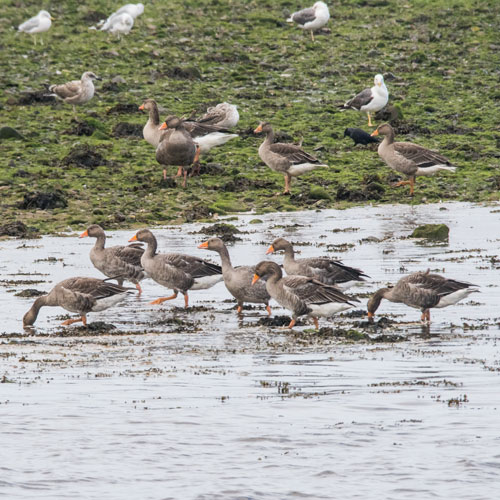 |
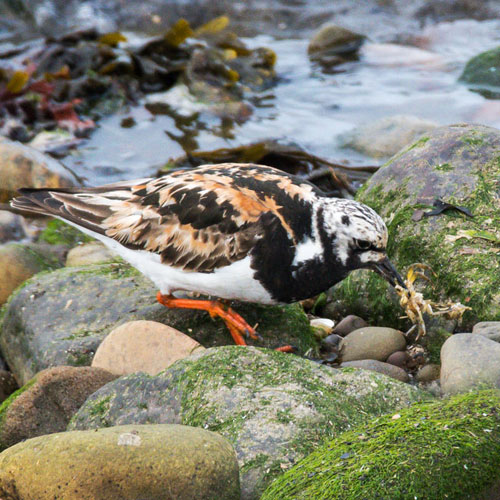 |
| Mallard in Eclipse plumage |
Juvenile Eider |
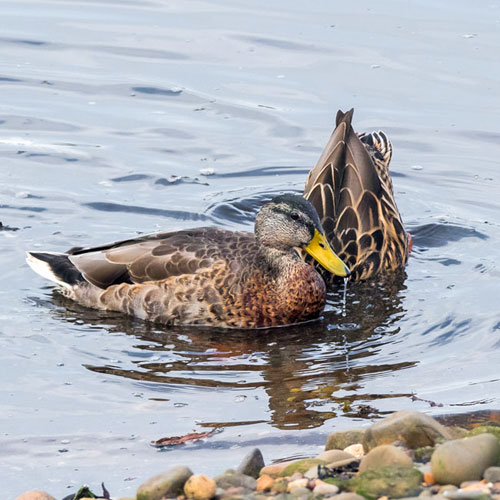 |
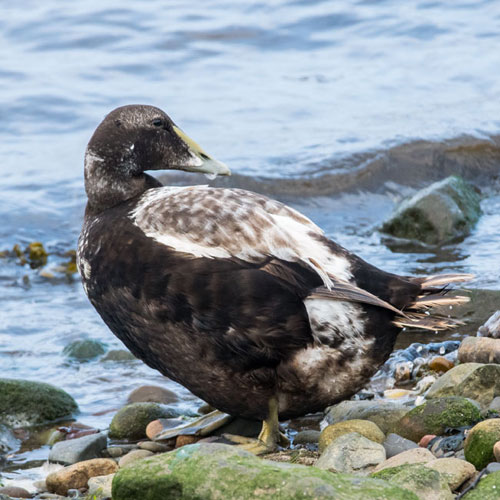 |
The waters of the Firth of Forth were becoming very choppy. From past
experience I didn’t expect
I would see much on the walk from the Esk mouth to the Scrapes so I
decided to take the car. On
entering the middle hide at the Scrapes, the assembled Canada
Geese were a pleasing sight.
A lot of Greylags came cruising in, probably the same birds
I’d seen at the Esk mouth, and landed
close to the Canada Geese. Oystercatchers too were piling in, joining
the hundreds already there.
A few
Lapwings were dotted around the edges of each
scrape, the odd one occasionally
taking to the air to exhibit its aerobatic skills.
In recent years the Scrapes have been a summer destination for some Ruff and the odd Spotted
Redshank , and this year was no different. They
usually don’t stay much longer
than about a week. The resident Common Redshanks are smaller, with
lighter markings than the
Spotted. A pair of eclipse Shelducks were dabbling.
| Ruff |
Juvenile Spotted Redshank |
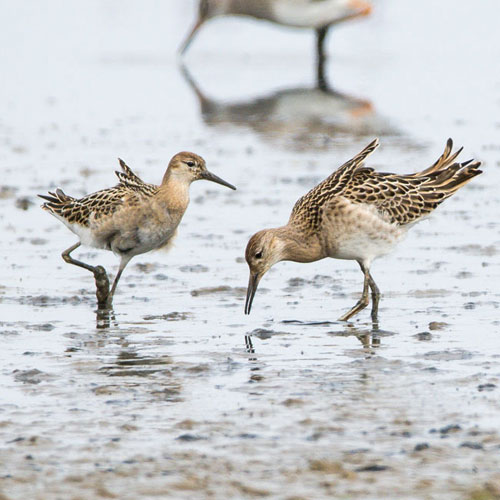 |
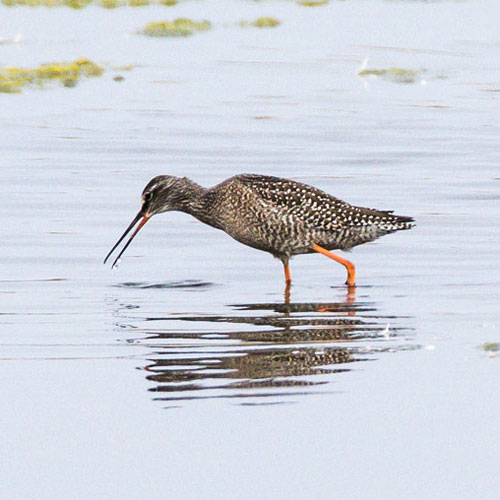 |
| Redshank |
Shelduck in Eclipse plumage |
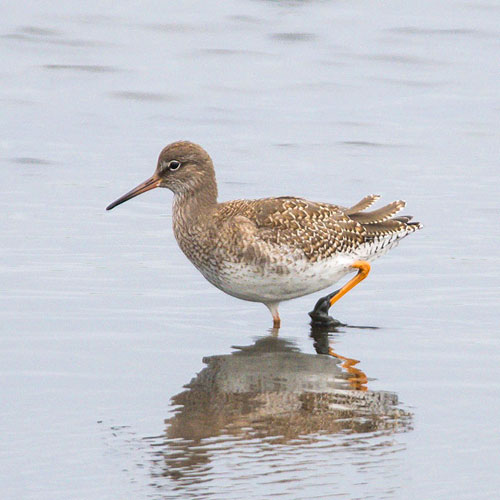 |
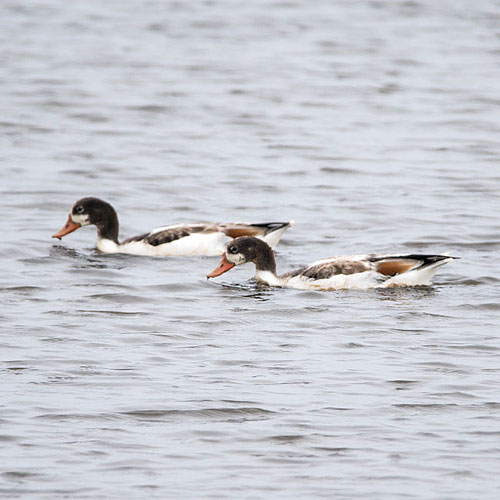 |
I scanned the Forth on my walk back to the car. Plenty of Black-headed
Gulls passed and also a
few Sandwich Terns. I caught a sight of a close-in Sandwich Tern as it
scanned the rough waters
for fish. I also got a quick picture of a passing Linnet
that was having a rest on the sea
wall. Soon after, a female Goosander bolted eastwards over the
increasingly churning waters.
| Black - headed Gull |
Sandwich Tern |
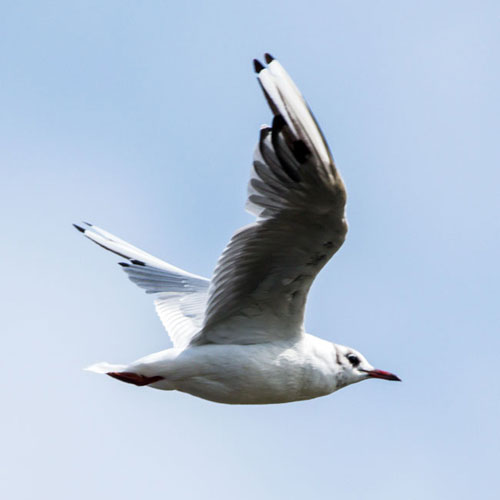 |
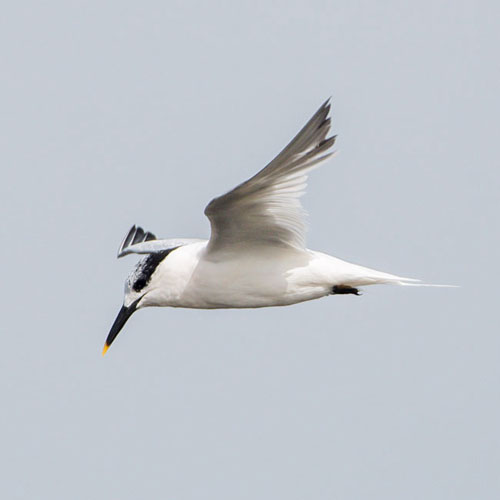 |
| Linnet |
Female Goosander |
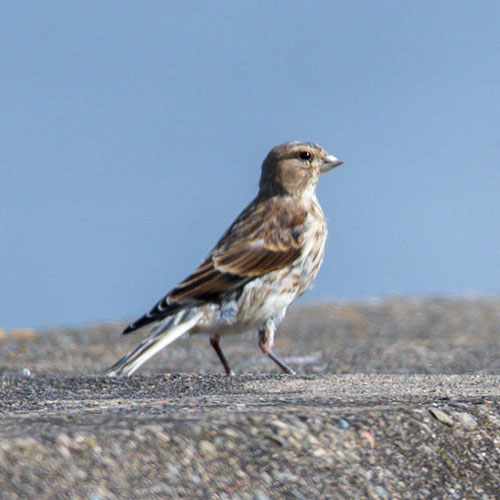 |
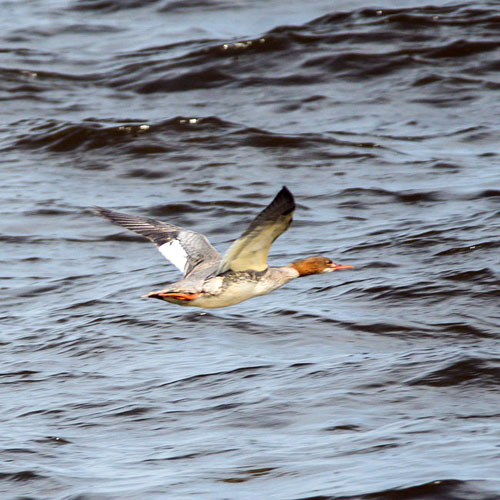 |
Just before I turned onto the footpath that would take me to the car
park, I snapped a shot of a
Cormorant that was perched on a yellow structure 50m offshore. By that
path I took a quick shot
of a Tall Melilot plant and next to my car I snapped a bunch of red
berries, one of the many
bunches on the Rowan trees lining the car park.
| Cormorant |
Common Mallow |
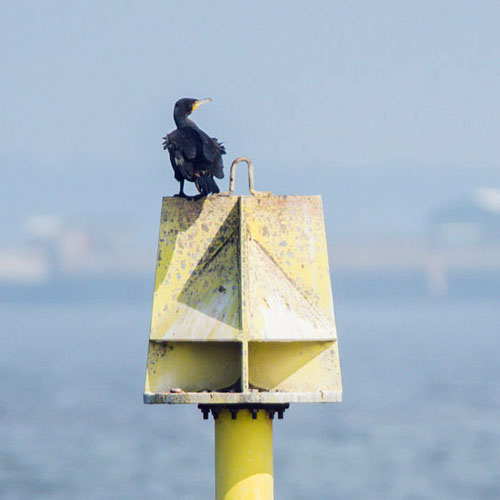 |
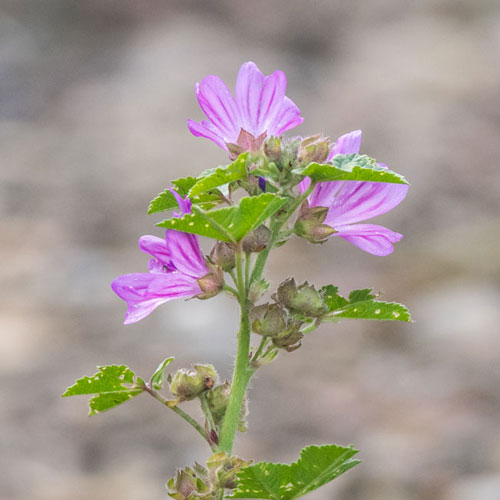 |
| Tall Melilot |
Rowan Berries |
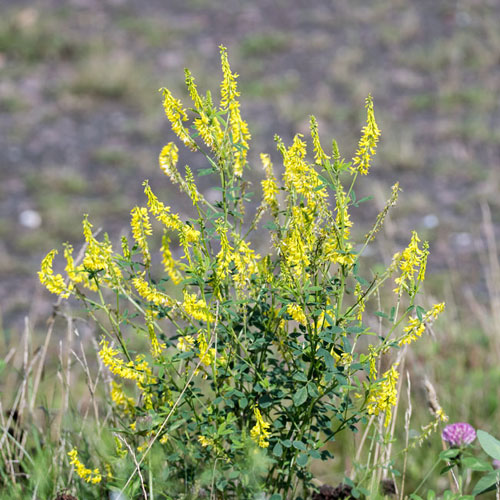 |
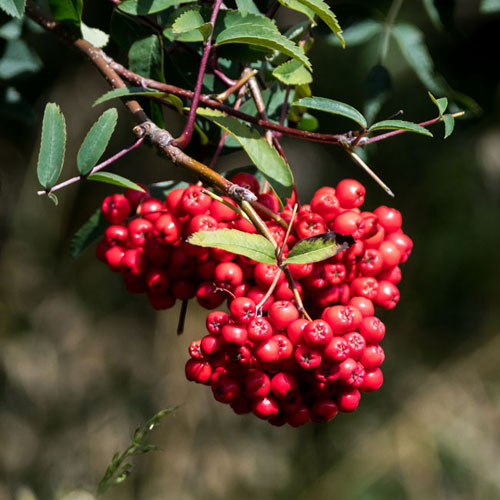 |
It had not quite been wall-to-wall sunshine but the weather was
satisfactory and I managed some
satisfactory pictures. It was one of those trips where there was plenty
of bird action wherever I
went. The highlights were certainly the Ruff and Spotted Redshank but I
also enjoyed seeing the
Sandwich Tern and watching the antics of the Greylags. A spot of tea
and a chocolate biscuit
went down well.
Week
ending 16th August 2020: Ardmore
Point
On Thursday night the
BBC weather prediction was for poor weather at the weekend, while it
was
to be sunny in the west on Friday. With this in mind I decided I had
better make my weekly trip on
Friday rather than Sunday, and that Ardmore
Point would be a suitable destination. As it
turned out though, when I arrived there the weather was very gloomy due
to low cloud. This was
to have burned off by the afternoon.
I waited a bit for that to happen but when a flock of Canada Geese flew
into the North Bay I
followed them in. The tide was on the way out and the damp bay was
devoid of birds. On my trek
along the north side of the Point I noticed along the path side many
lovely Betony flowers. I came
across a Robin’s
Pincushion on a Wild Rose bush. This is a growth
induced by the Gall
Wasp. At the north-west corner of the Point I sat amongst the now
seeding Sea Radish plants and
observed the birds feeding at the water’s edge.
| Canada Goose |
Betony |
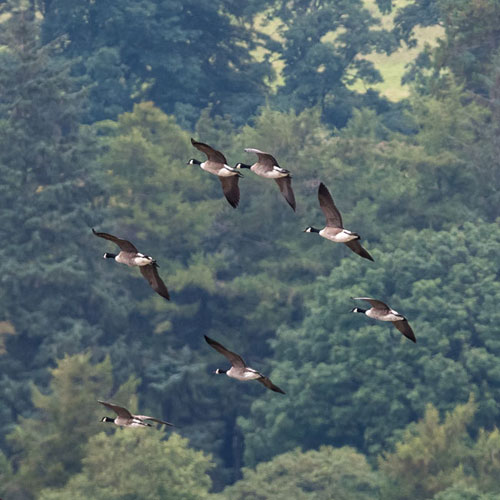 |
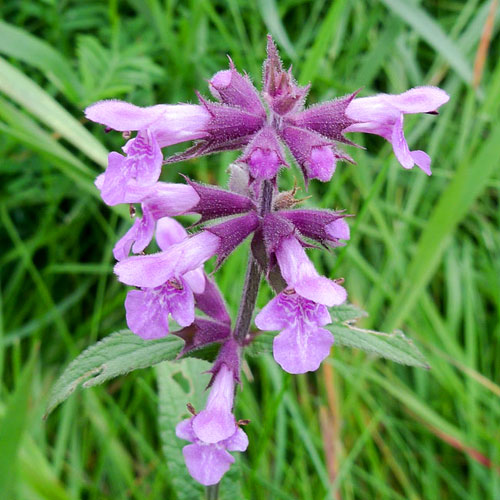 |
| Robin's Pincushion |
Sea Radish |
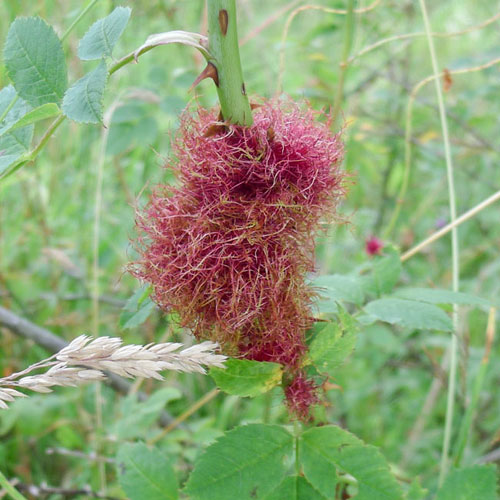 |
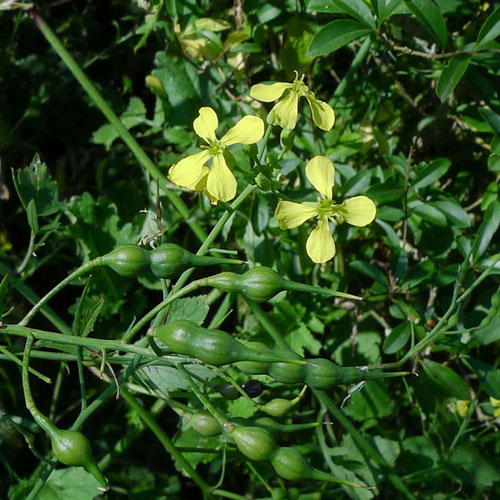 |
There were signs that the cloud was lifting. Some small areas of
Helensburgh were in sunshine
and the tops of the hills were nearly visible.

I spotted two similar-looking birds on shore-side rocks, a Curlew
and a Whimbrel .
The Curlew is bigger with a longer bill. The Whimbrel has a distinctive
dark band on top of its
head. A pair of walkers put the birds up and provided me with a nice
photo-opportunity.
Offshore I saw few distant Eiders, but a bit closer in there was a
juvenile Red-breasted Merganser
and a Shag diving for fish. A ragged-looking female Wheatear
appeared on a rock to my left
and a large Herring Gull flew northwards.
| Juvenile Red - breasted Merganser |
Shag |
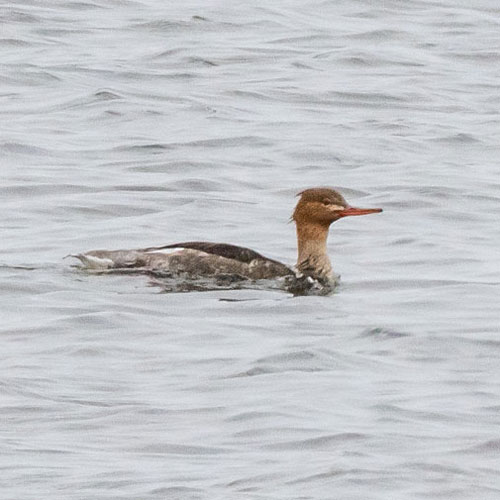 |
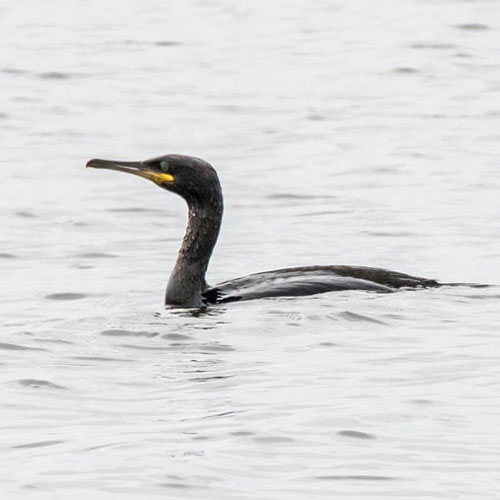 |
| Female Wheatear |
Herring Gull |
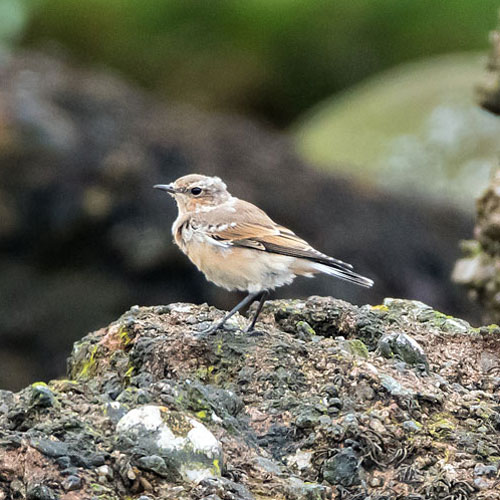 |
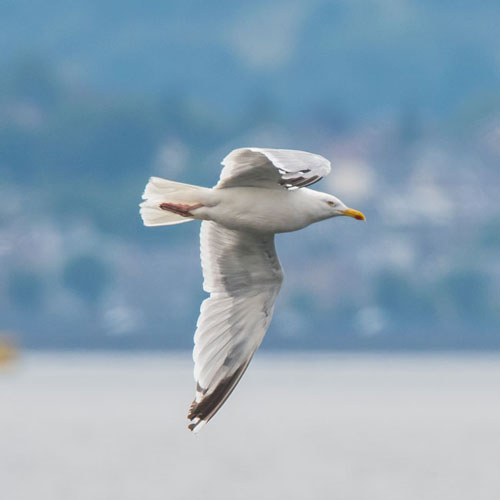 |
I continued my trek around the Point, avoiding the very muddy path,
preferring to pick my way
along the rocks and through the marshy areas of grass. An hour after
setting off, the sun was
shining brightly and the skies were mainly blue.
I was pleased to see many butterflies on my walk. Most numerous were
the Large
White,
Peacock and Small
Copper I saw a single female Meadow Brown.
| Large White Butterfly |
Peacock Butterfly |
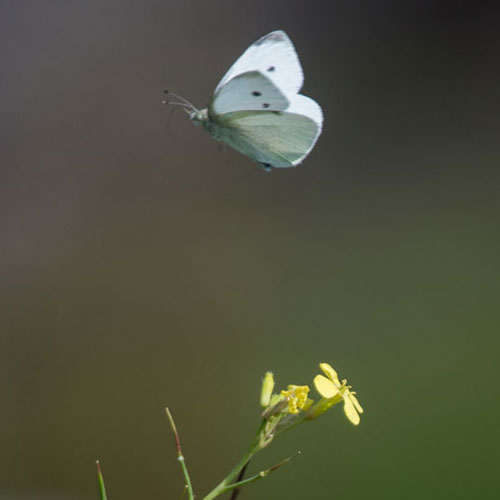 |
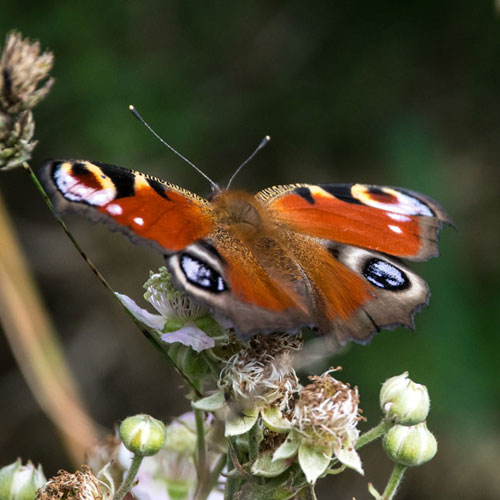 |
| Small Copper Butterfly |
Female Meadow Brown Butterfly |
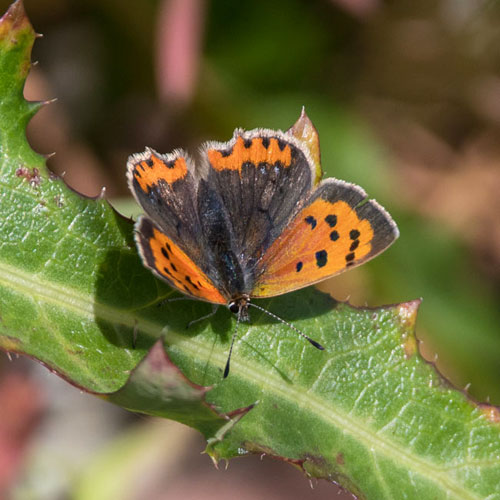 |
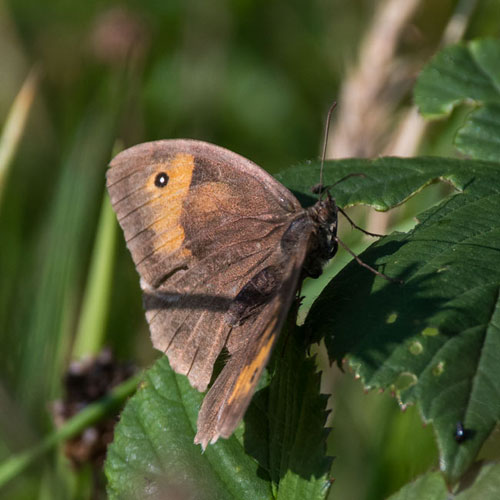 |
I also saw quite a few bees. Honey
Bees were very keen on the plentiful Common
Knapweed flowers. I could have sworn that the Buff-tailed Bumblebee was
sleeping on the Sea
Mayweed. I snapped a couple of nice shots of Carder Bumblebees, the
first on Devil’s Bit
Scabious and the other on rather damp Himalayan Balsam which caught the
bee as it emerged
from inside the flower. I also came across Red-tailed Bumblebees but
didn’t manage a picture.
| Honeybee |
Buff - tailed Bumblebee |
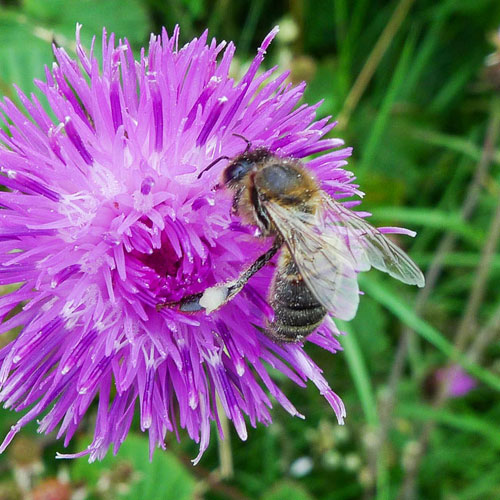 |
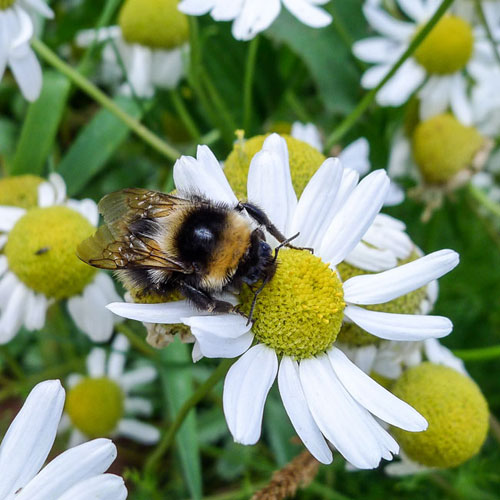 |
| Common Carder Bumblebee |
Himalayan Balsam |
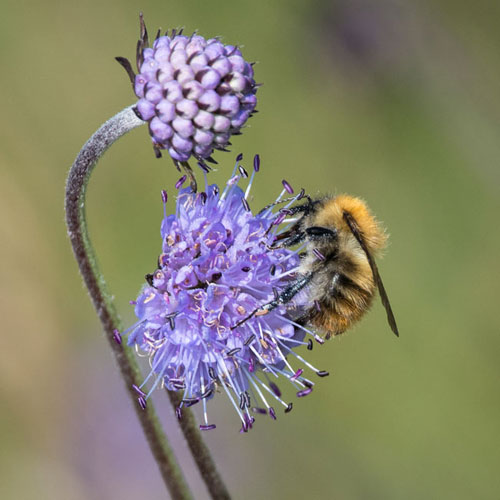 |
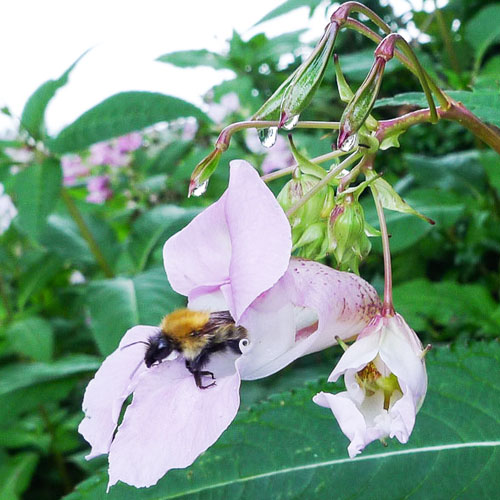 |
As the sun continued to warm the Point I got photos of a Bog
Hoverfly and the more
common Marmalade hoverfly. Another common insect I saw was a Red
Soldier Beetle on Sea
Mayweed. My most pleasing insect picture was of a Common
Green Grasshopper that
caught my eye as I photographed the beetle. I followed it visually as
it hopped through long grass
until I was able to get a clear shot.
| Bog Hoverfly |
Marmalade Hoverfly |
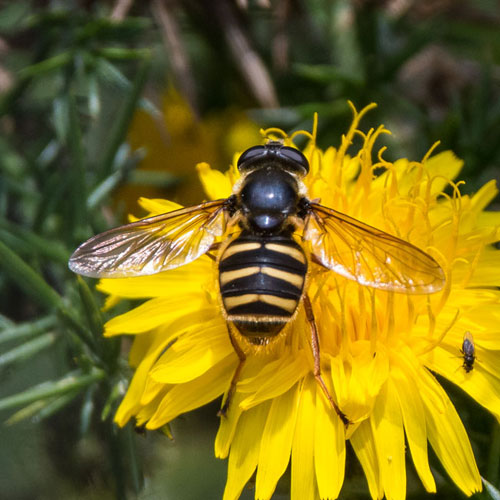 |
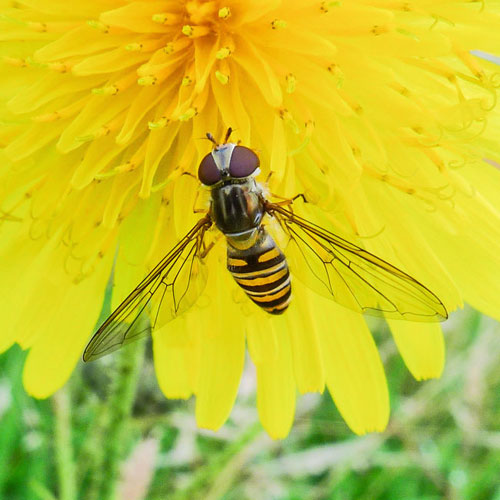 |
| Red Soldier Beetle |
Common Green Grasshopper |
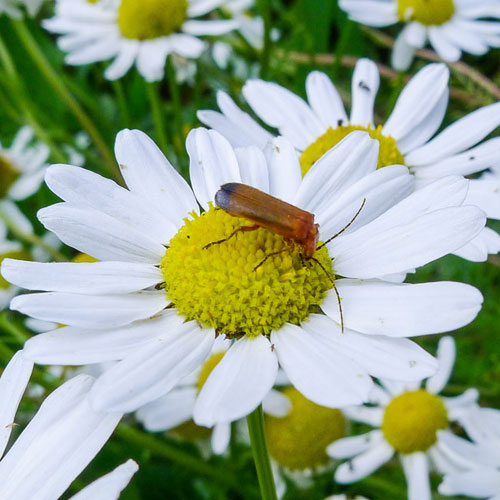 |
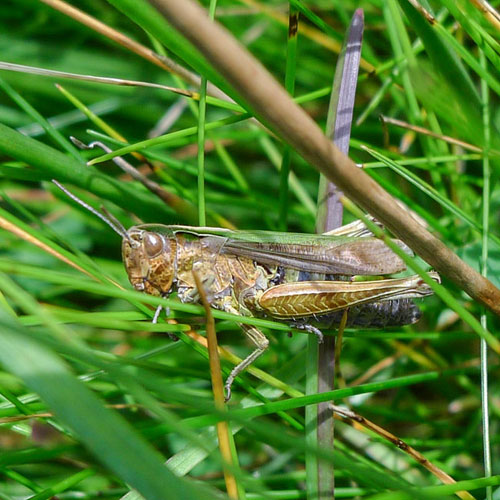 |
Of course, on my circuit I kept a keen lookout for interesting plants. Sea
Asters
were
growing on the edges of shore at all point around the Point. These are
daisy-like flowers with lilactinged petals surrounding orange pistils
(flower centres). I also photographed what I thought were
Sea Asters but I noticed that their foliage was more like that of the
related Common
Michaelmas
Daisy . Other flowers thriving on the grass-covered
rocks were Eyebright, Lady’s Bedstraw,
Sea Campion and Thrift.
| Sea Aster |
Common Michaelmas Daisy |
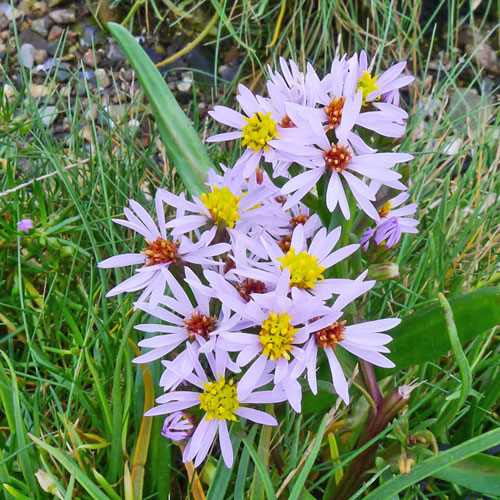 |
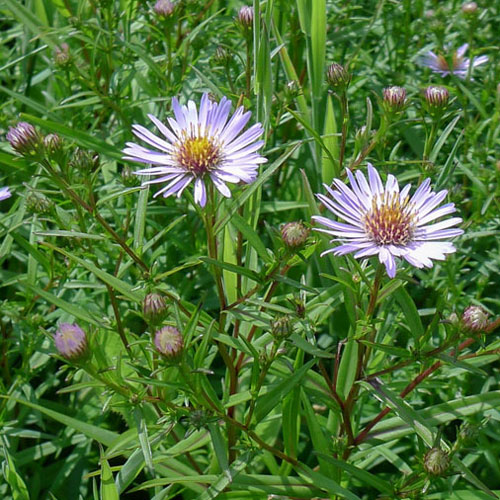 |
| Eyebright |
Lady's Mantle |
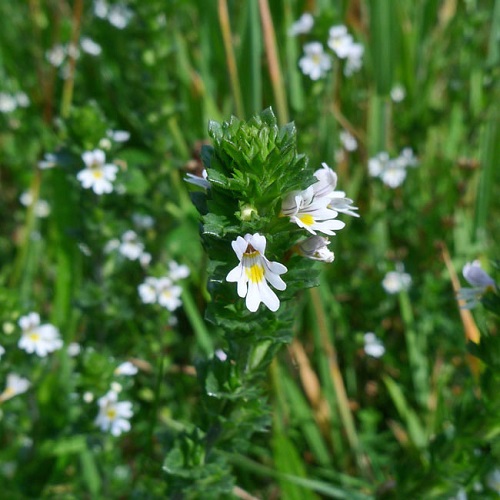 |
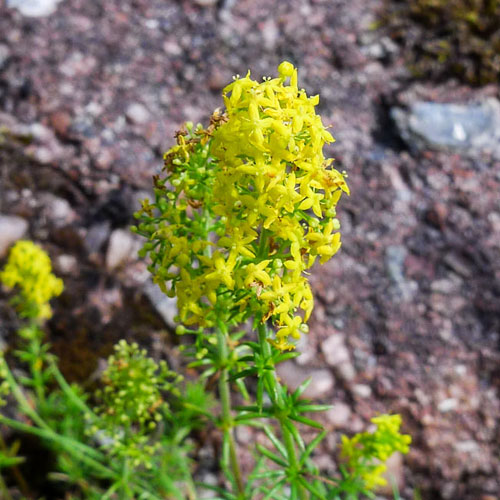 |
| Sea Campion |
Thrift |
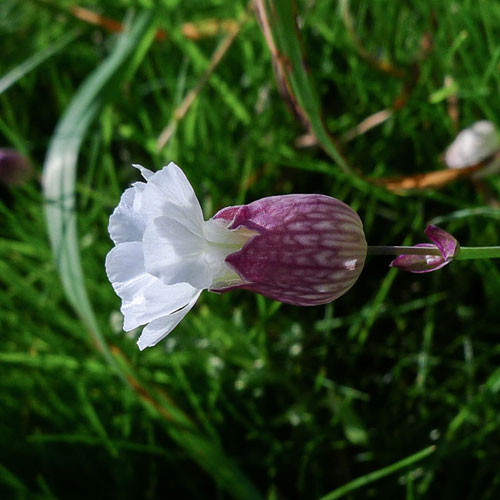 |
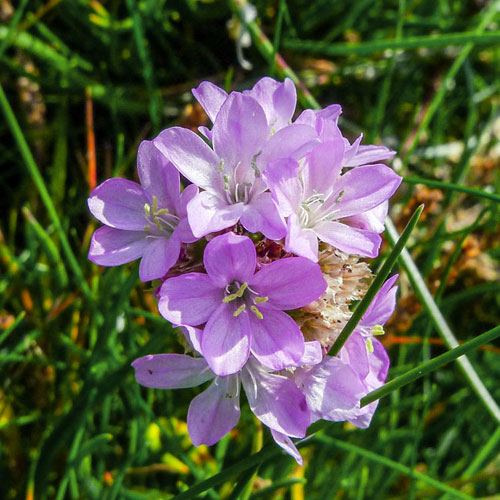 |
I have long enjoyed the Green
Alkanet of Ardmore. The example pictured below nestled
below a small tree, surrounded by Rosebay Willowherbs and Large
Bindweed. I was surprised to
find a fruit-laiden Apple tree beside the shore. Its days may be
numbered as the sea has taken
much of the land around and in front of it. My final capture of the day
was a shot of some Montbretia,
probably a garden escapee.
| Green Alkanet |
Large Bindweed |
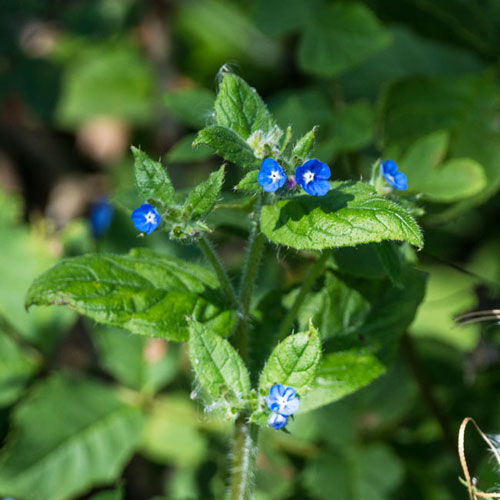 |
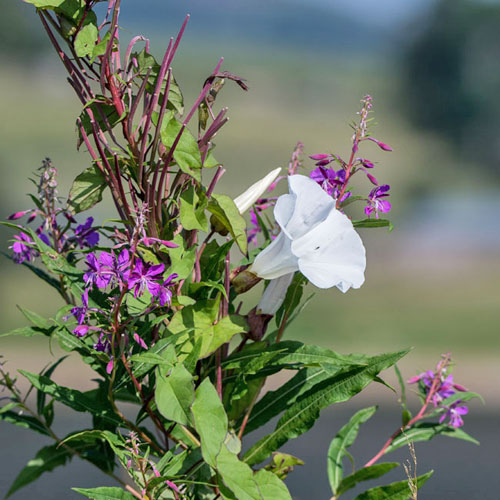 |
| Apple
Tree |
Monbretia |
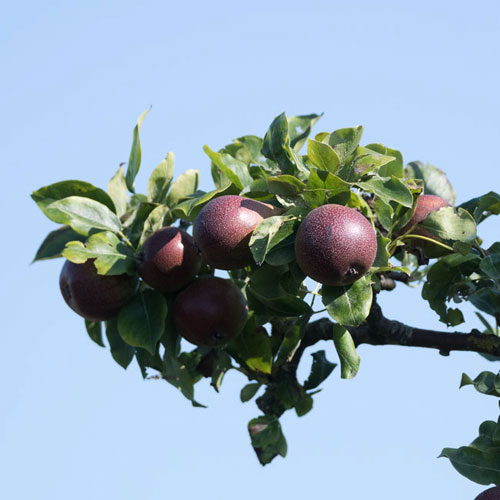 |
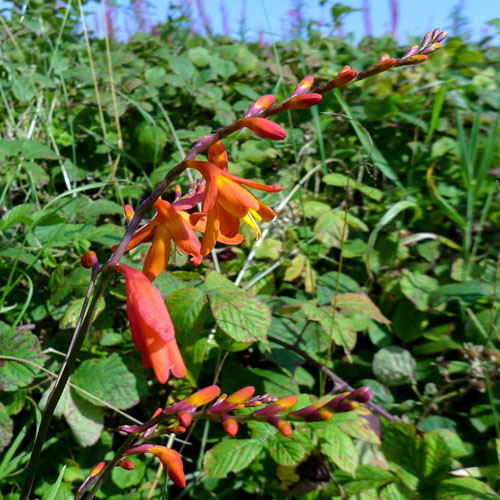 |
As I supped a cup of strong tea and nibbled a chocolate biscuit I
reflected on my pleasing haul of
pictures. Although the tide and initial lighting conditions were
against me, the Whimbrel, Common
Green Grasshopper and Bog Hoverfly were good finds, and my favourite
photograph was of the
Carder Bumblebee on the Scabious. As I write this I hear that next
weekend’s weather is to be
wild, wet and wind. We’ll see.
9th August 2020: Maidens,
Turnberry
Point, Doonfoot
My Garden
This Sunday I decided to head southwest to sunny Maidens in South
Ayrshire. Just before I left
home though, the day got off to a fine start when I noticed a Sparrowhawk in
my back
garden. As I peeped my camera out the back door it seemed reluctant to
fly off with its prey, an
unfortunate juvenile Starling, so I managed to nab quite a few shots.
Pleased with my first pictures of the day, I drove to the M77 and
within an hour I was parked at
the picturesque Maidens just to the south of Culzean Castle. Sadly, but
unsurprisingly, the
seafront was rammed with families enjoying the warm, sunny weather. I
walked briefly along the
harbour to see if there was anything of interest. I admired the vibrant
colours of Wild Rose hips
and soon after I caught sight of a Green-veined White butterfly on
white Buddlea. A Pied Wagtail
and Carrion Crow were on the damp harbour sands and, by the pier, a
bold Shag was diving for
fish. But apart from some oystercatchers and a few distant Redshanks
and gulls, I could see that
there was little chance of seeing much more.
| Wild Rose |
Green - veined White Butterfly |
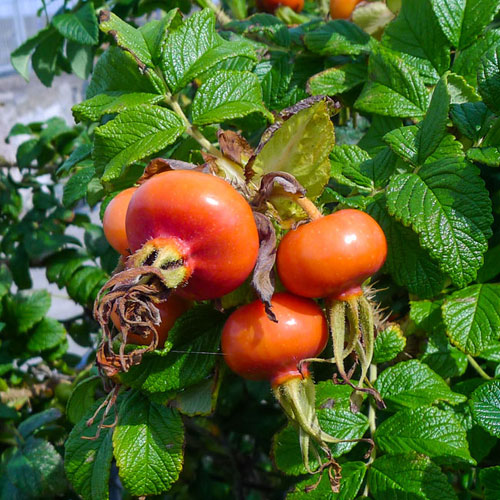 |
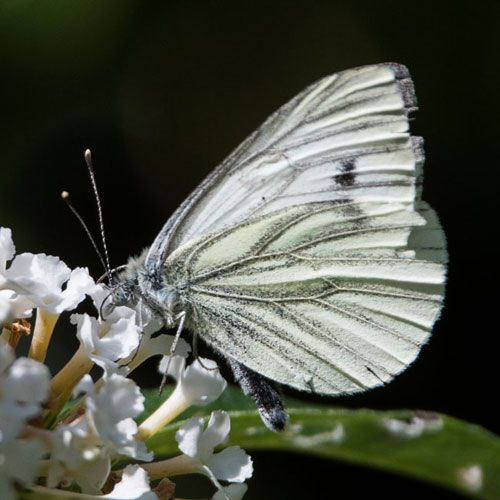 |
| Pied Wagtail |
Carrion Crow |
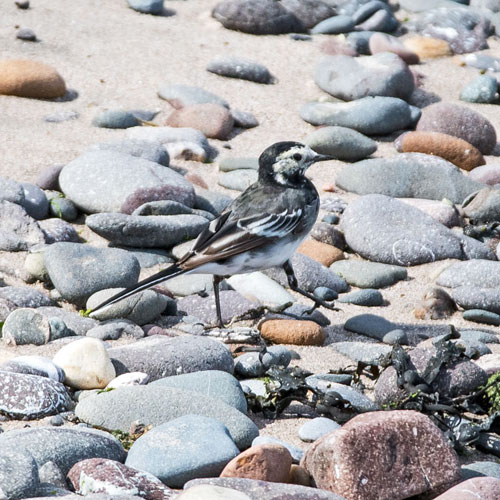 |
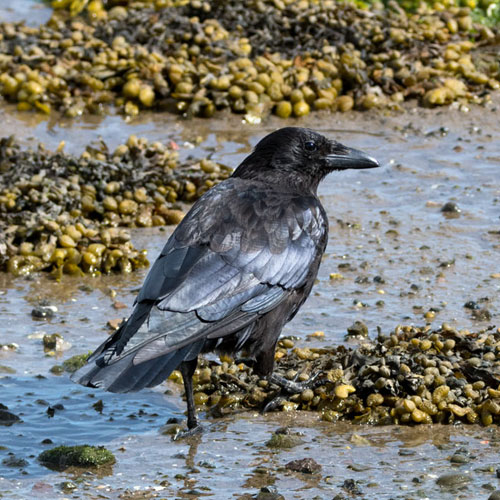 |
| Shag |
Oystercatcher |
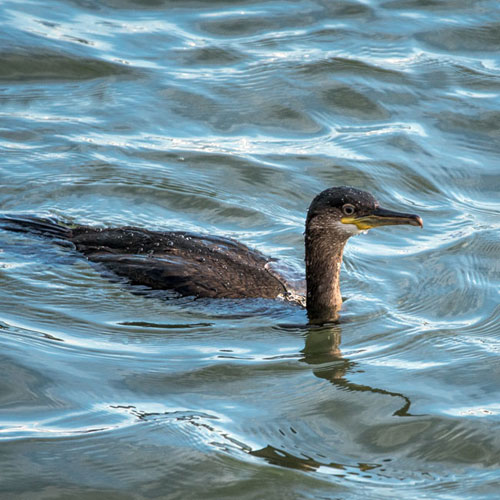 |
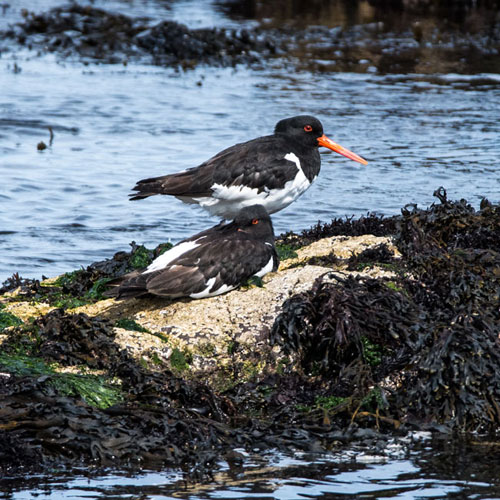 |
Before re-locating to Turnberry Point I cooked up a late breakfast on
my new gas stove. It was
well-yummy. I next drove the short distance south to the car park at
Turnberry golf course. My
heart fell a bit because it was full to overflowing with quite a few
cars on the grass verge. My car
became one of them. On getting out of the car I spotted a Brown
Hare looking at me in the
adjacent field. On my way across Trump’s golf course I felt
it was only right to photograph some
of the lovely Harebell
flowers that lined the path.
I sat on the rocks below the lighthouse and waited for the birds to
show up. The truly stunning
view from the Turnberry Lighthouse is dominated by Ailsa Craig to the
south and the Isle of Arran
to the northwest. I could have sat there all day sea-watching.
A pair of Herring Gulls landed on the shore in front of me. Next, a
large Cormorant sped past from
the north, followed by a pair of Gannets,
an adult with a 2nd year bird, passing from the
south, about 250m out. It is fair to say that only these few birds
passed in the time I was there. So
once again I decided to move yet again to another location, Doonfoot.
| Herring Gull |
Cormorant |
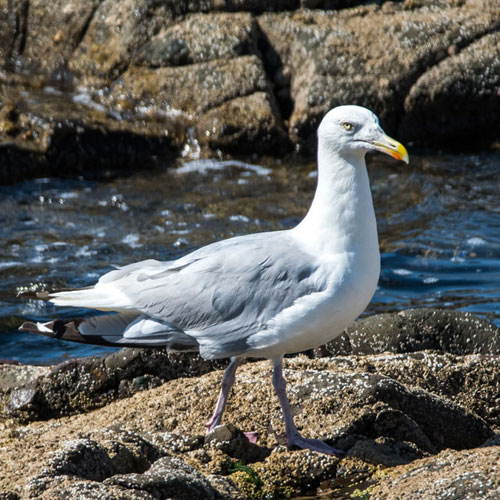 |
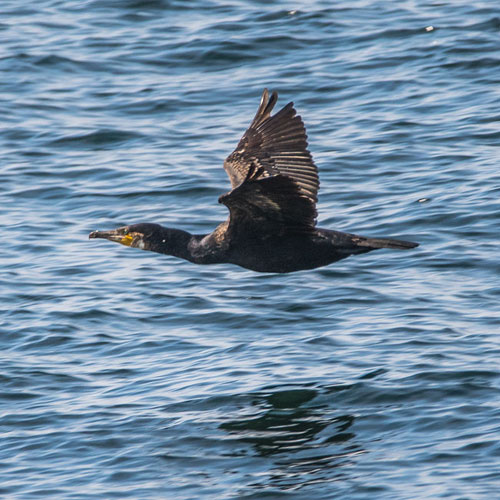 |
After a short drive north into the southern outskirts of Ayr I parked
at the car park near the mouth
of the iconic River Doon, famous for its connections to
Scotland’s Bard, Robert Burns. I was
pleased to see that there were many birds there, dominated by Mute
Swans and Gulls.
On my way out onto the beach to get a closer look at the mass of birds
that were on the rocks in
front of the river mouth, I passed a nicely lit female Mallard. Several
Black-headed Gulls were very
active as some sunbathers threw them bread. On the rocks I noticed, and
could hear the familiar
“peeweets” of, Lapwings. Luckily they took flight
and circled past me a few times before settling
once more on the rocks.
| Female Mallard |
Black - headed Gull |
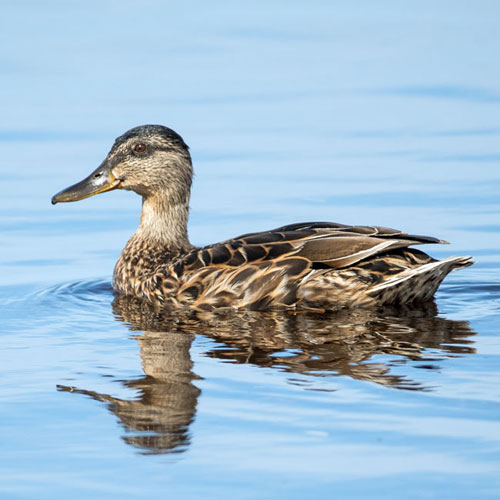 |
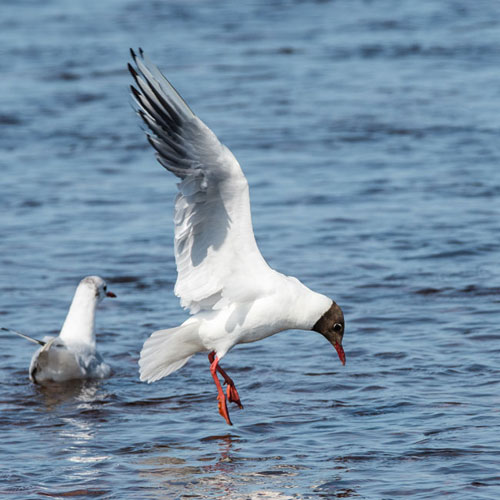 |
Looking north to Ayr beach I thought for a moment of the
well-publicised crowded beaches of
Portobello and Bournemouth. It seemed that not much social distancing
was going on in Ayr.
From my stance on the water’s edge I had a much closer view
of the flock of swans and could see
Redshanks assembled on the rocks 50m away. Within their ranks I could
just see a solitary Greenshank.
A “squadron” of Oystercatchers flew in and landed
on the rocks.
| Mute Swans |
Redshank |
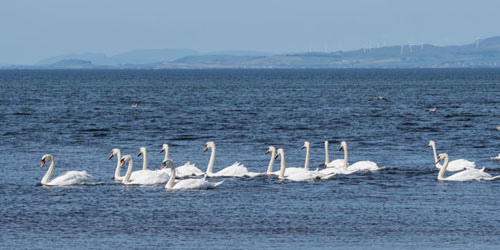 |
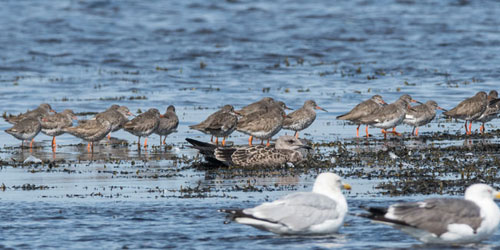 |
| Greenshank ( Bird in profile) |
Oystercatcher |
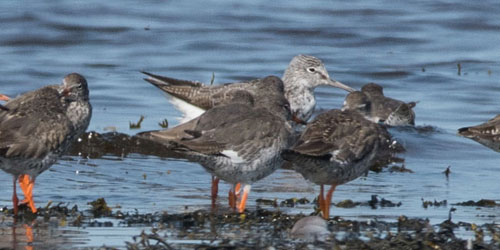 |
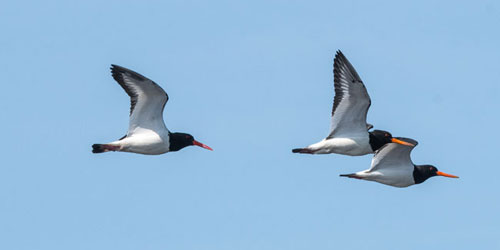 |
Meanwhile, there was trouble brewing in the
Swan flock. A large dominant cobb had his
plumage set to attack mode and was cruising through the anxiously
scattering swans looking for
a scrap. After much silent jeopardy he seemed to have ended his mission
and I started walking
back to the car. I then heard the familiar call of a Whooper Swan, only
with a tone of desperation.
The cobb had caught the Whooper and was about to drown it. I got a
couple of disturbing far
shots as it seemed to finish it off. The Whooper should have been in
Iceland, so maybe it was
unable to fly. I’d a good look for it, hoping it had escaped,
but, as the cobb dried its wings, I
feared the worst.
It was a dramatic end to a busy day. My perseverance has lead to a
pleasing set of pictures at
several locations. I celebrated with a cup of tea and a delicious scone
and jam. The weather had
been very fine, but a bit on the warm side for me. However
I’ll put up with it for next week if I have to.
2nd
August 2020: Musselburgh,
Port
Seton
It
was a typical “showers-with-sunny-intervals” sort
of Sunday this week. I opted for a visit to Port
Seton because my last visit there was a bit disappointing in that the
weather was dull and I didn’t
get pictures of Sandwich Terns feeding their chicks. I was a bit early
for the tide, so I started with
a short visit to Musselburgh. I parked at the mouth of the River Esk,
by the Cadet Hall. The view
from the sea wall looking towards Portobello and Arthur’s
Seat was representative of the day -
partly sunny, partly dull.
On the near bank quite a few
Juvenile Eider were
gathered with a few females. Turnstones
were scurrying around them often squabbling. A group of Goosanders
emerged from the water
and sat preening their feathers.
| Juvenile
Eider |
Female
Eider |
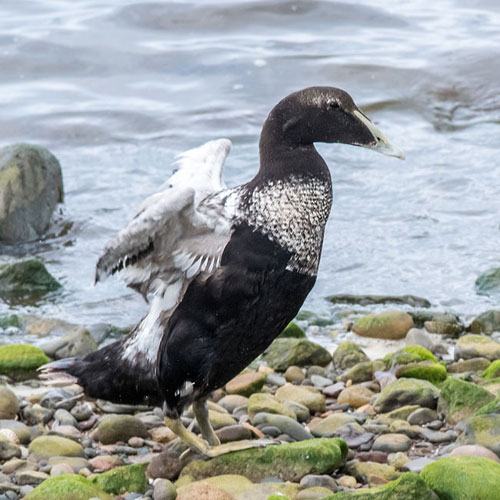 |
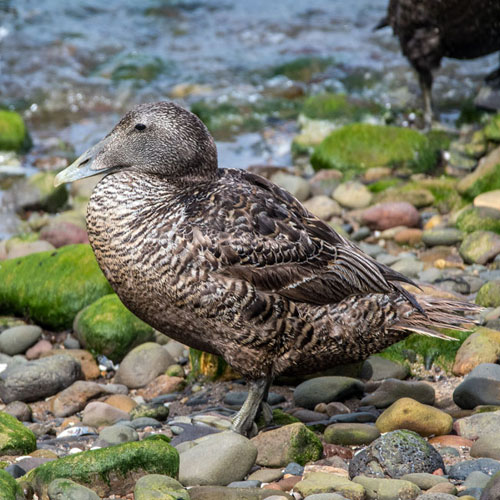 |
| Turnstone |
Female Goosander |
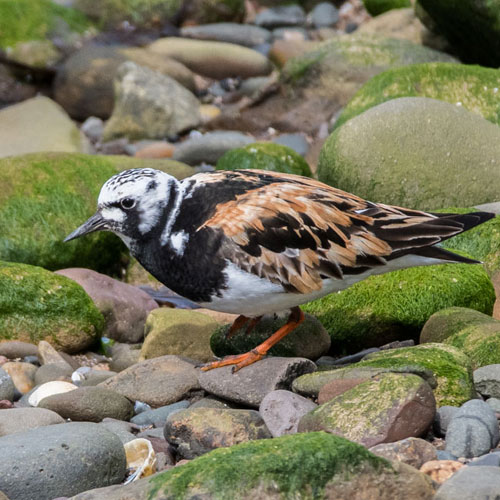 |
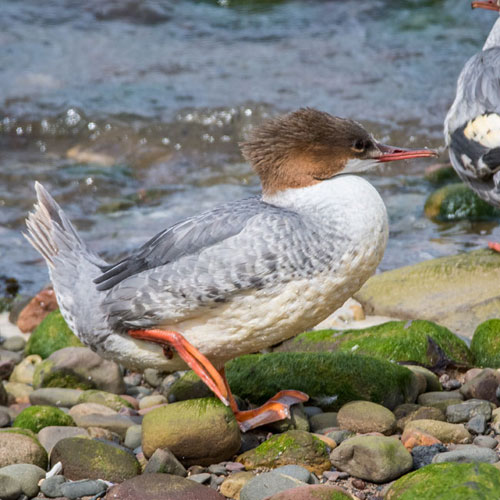 |
I made for the Scrapes hides and on the way I found the sea was very
quiet on the bird front so I
photographed some wildflowers. There were many patches of yellow Tall
Melilot and Wild
Parsnip with their yellow umbels, upon which I spotted a large wasp - Ectemnius
Cavifrons,
motionless. Hairy
Tare with its tiny lilac flowers was growing
around the foot of these
plants. At the hides, Large Bindweed was blooming on bushes at the
edges of the footpath.
| Tall
Melilot |
Wasp -
Ectemnius cavifrons |
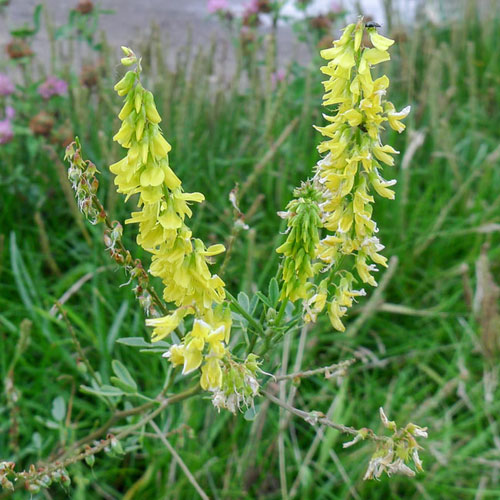 |
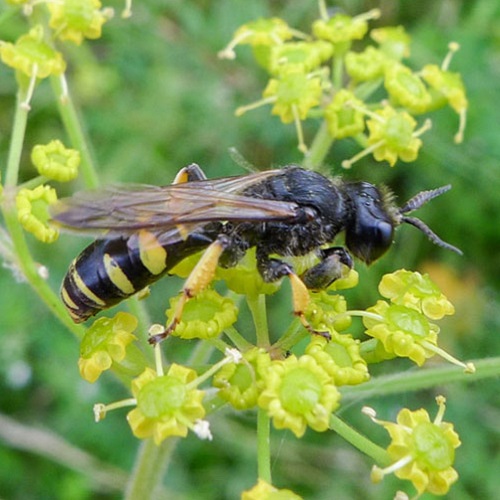 |
| Hairy Tare |
Large
Bindweed |
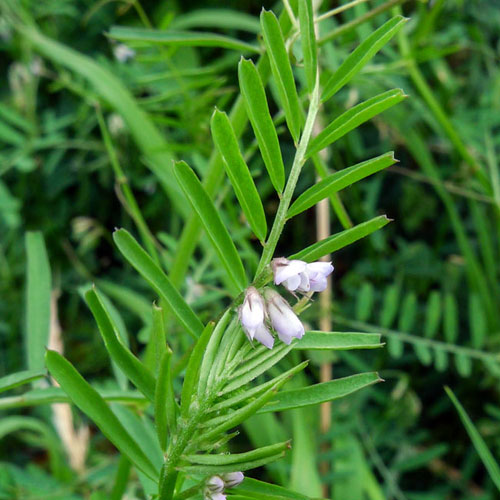 |
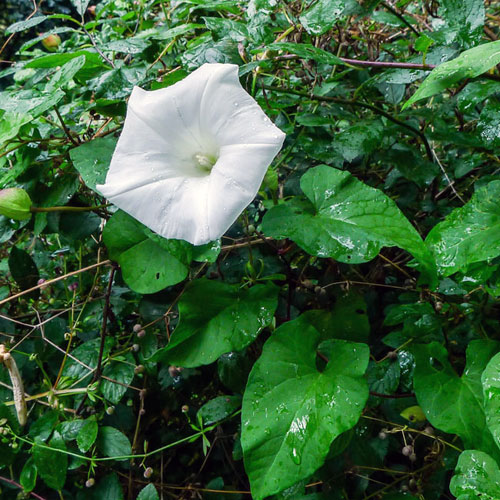 |
The Scrapes were quiet. I should not have been surprised since the tide
was still fairly low.
Conditions were better on Tuesday when I saw a very well-populated
scrape in front of the middle
hide. Dunlin were foraging in the pond weeds, Black-tailed
Godwits sat prominently midpool as croaking Sandwich
Terns circulated
overhead. I also saw a few Speckled Wood butterflies
near where I found the Bindweed.
| Dunlin |
Black - tailed Godwit |
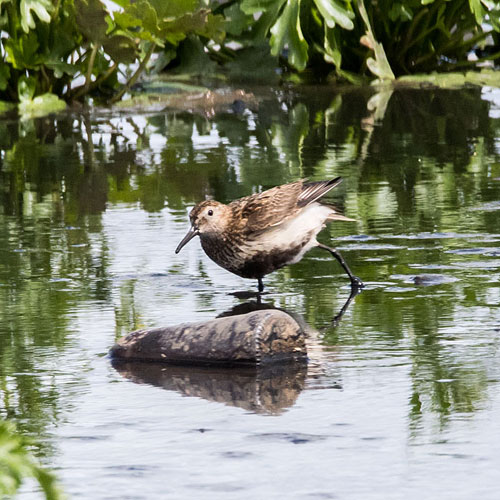 |
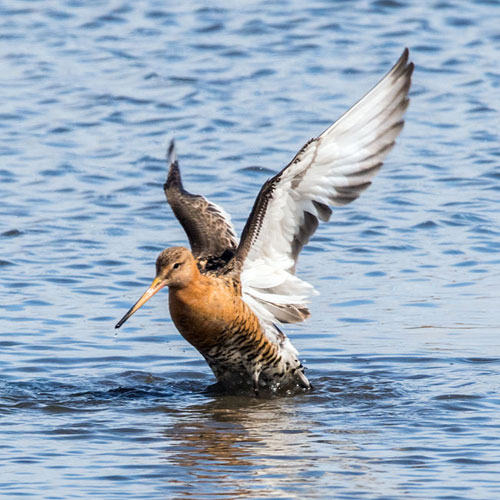 |
| Sandwich Tern |
Speckled Wood Butterfly |
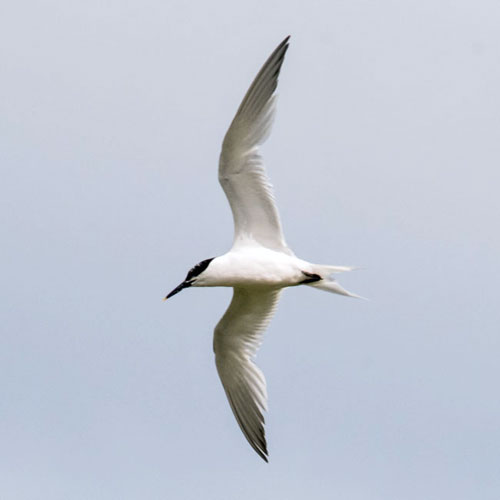 |
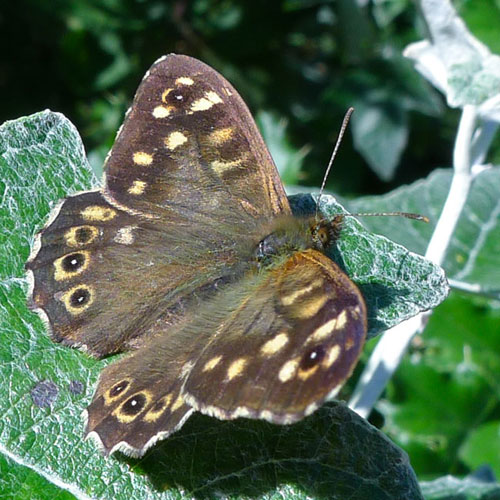 |
On Sunday though, in an attempt to get some better sightings, I decided
next to relocate to Port
Seton where I knew the tide would soon be high and, if the Sandwich
Terns were there, the
incoming tide might be encourage them closer to the shore. I
needn’t
have worried because when
I arrived there were already hundreds of noisy Terns on the Wrecked
Craigs. Occasionally, some
threat or other caused them to take flight before they eventually
settled once more.
On the rocky islands about 100+ metres out I noted a variety of birds
including Cormorants, Great
Black-backed Gull, Goosanders, Herring Gulls and, as I’ve
said,
Sandwich Terns.
| Cormorant |
Goosander |
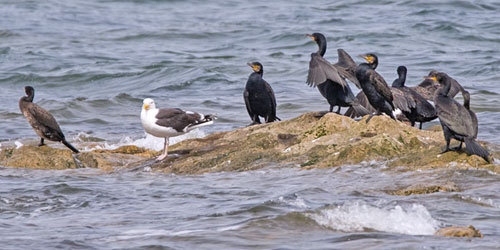 |
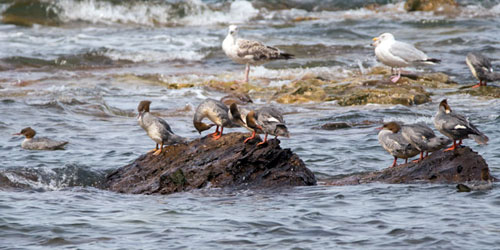 |
| Herring Gull |
Sandwich Tern |
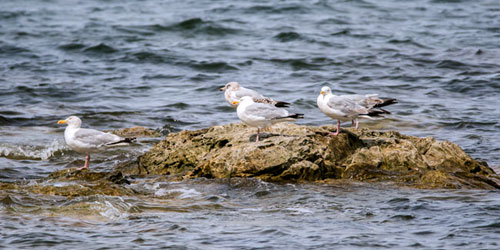 |
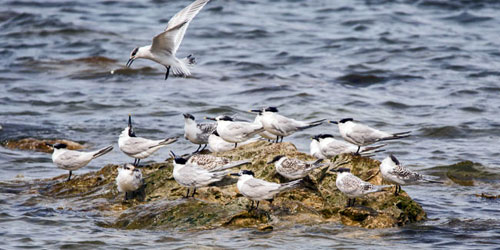 |
Closer to my stance on the promenade I snapped shots of a flying
Redshank and a summer
plumage Knot.
| Redshank |
Knot in Summer plumage |
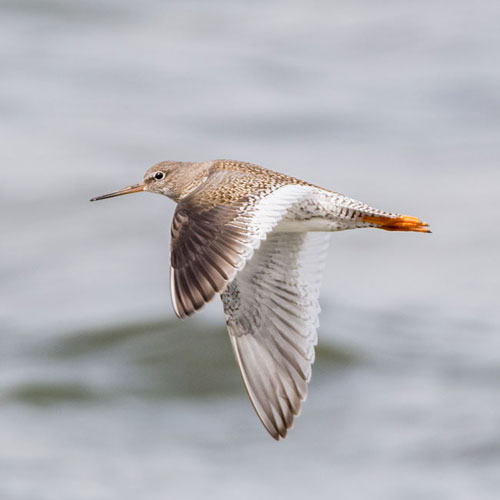 |
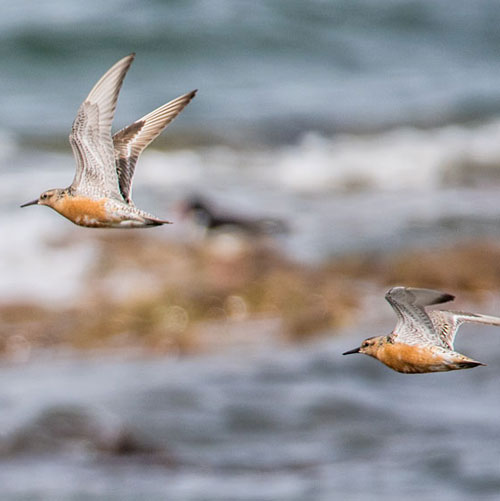 |
On the near rocks the usual collection of gulls were assembled. I got
nice shots of Lesser Blackbacked, Black-headed and Common Gulls. Just
as the excitement was beginning, almost as a
portent of the imminent delights, I became aware of a huge circular halo
around the sun.
As the tide advanced, the Terns filtered forwards to occupy rocks
nearer the shore, so displacing
the current occupants such as Oystercatchers.
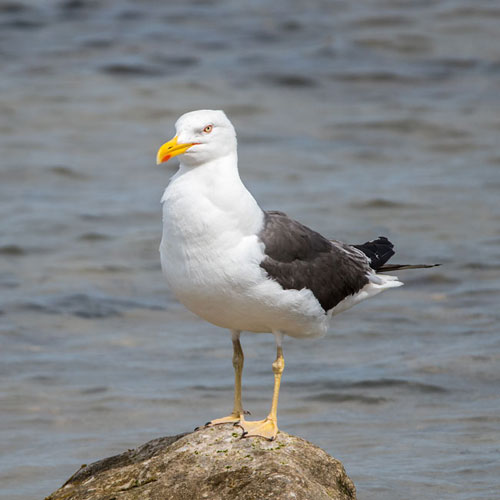 |
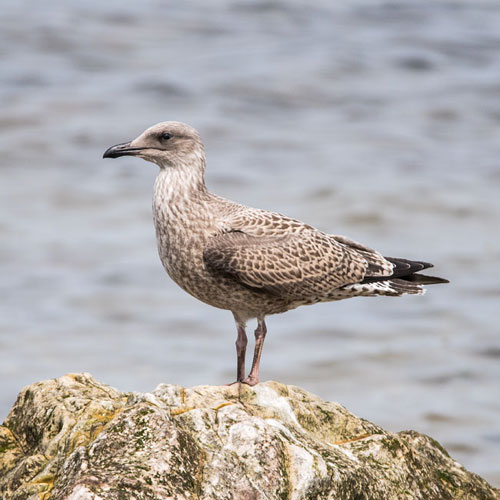 |
| Black - headed Gull |
Common Gull |
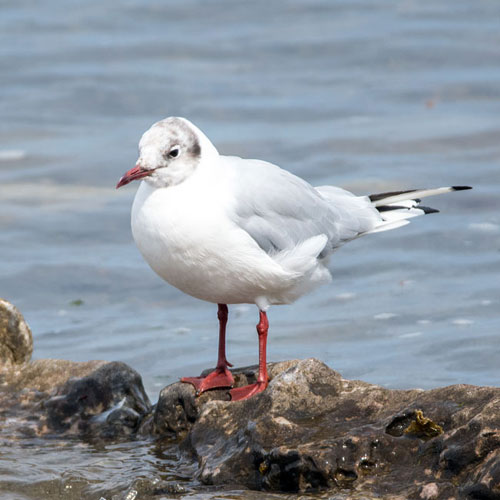 |
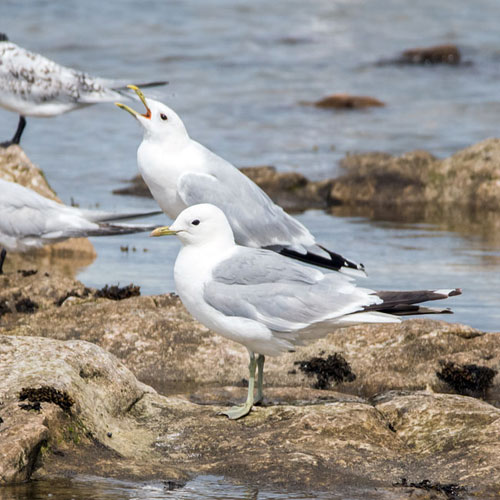 |
| Halo |
Oystercatcher |
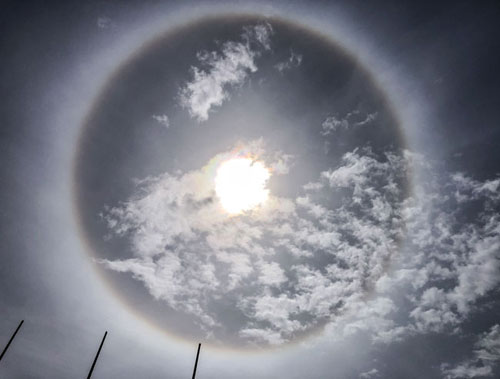 |
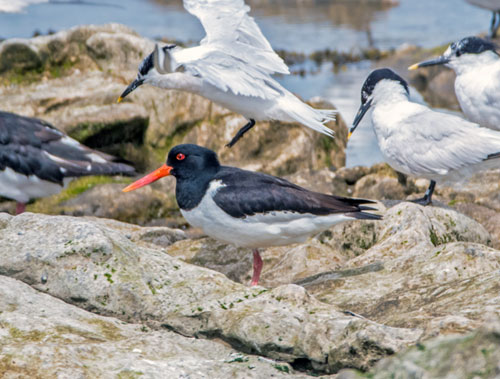 |
One-by-one the Sandwich
Terns flew in along with their young
and took up their rocky
residence, albeit for a short time, since the waters were soon to
completely cover the rocks. I saw
a couple of Common
Terns distinguishable by their orange,
black-tipped beaks (Sandwich
Terns have black, yellow-tipped beaks).
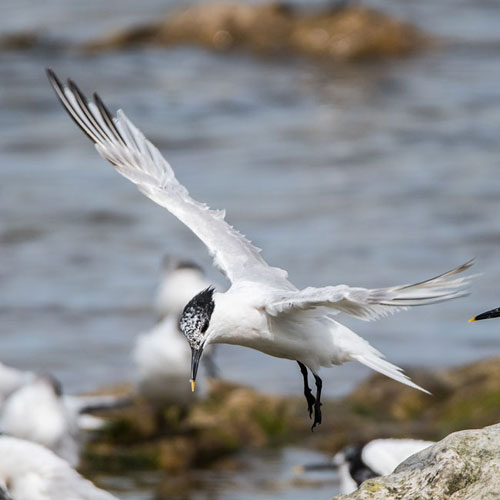 |
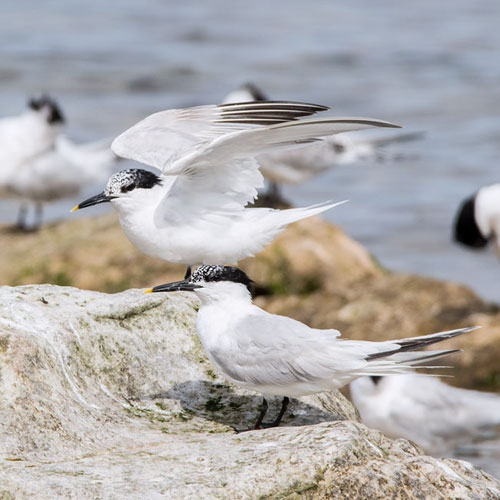 |
| 1st Cycle Sandwich Tern |
Common
Tern |
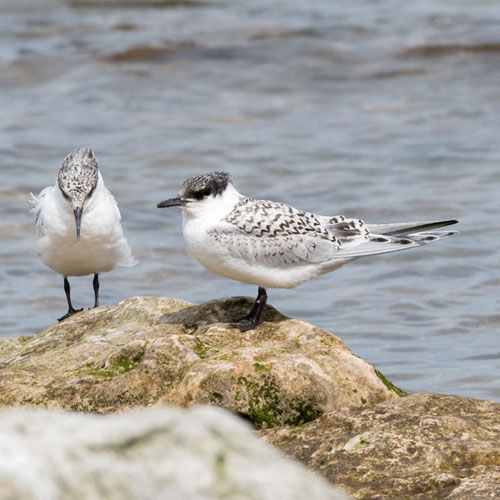 |
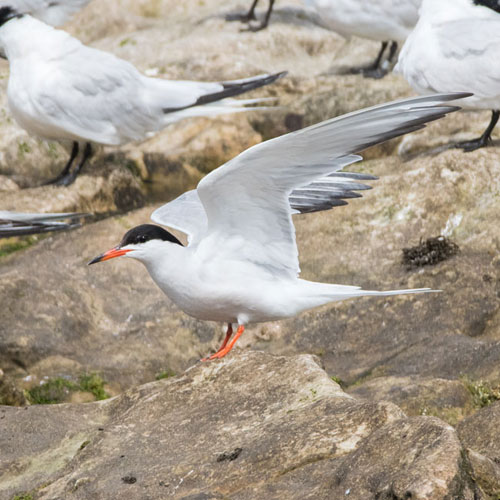 |
I next witnessed one of the many minor dramas typical of bird life.
Through my camera viewfinder
I sighted an adult Sandwich Tern flying in with a fish. It circled the
rocks trying to find its chick.
Despite the ongoing melee it located it fairly quickly, perched on a
barely exposed rock. It hovered
over the chick and passed it the fish. Within seconds a Common Gull
descended on the chick and
easily robbed it of its meal. The Gull flew off to consume it in a
quieter place. The chick would
have to wait for its next meal.
The tide eventually emptied the rocks of all birds and a relatively
calm silence was re-established.
I was pleased to have witnessed an hour of excitement worthy of a slot
on an Attenborough
wildlife documentary. It certainly saved the day from being run of the
mill. There was only one
shower (at the Scrapes) and a fair bit of sunshine so I came away well
pleased.
Highlights - August 2020
Below
we present August 2020's gallery of my favourite pictures.
They are not
listed in the order thay have been taken, but according to a series of
themes.
WINGS
| Cormorant |
Black - headed Gull |
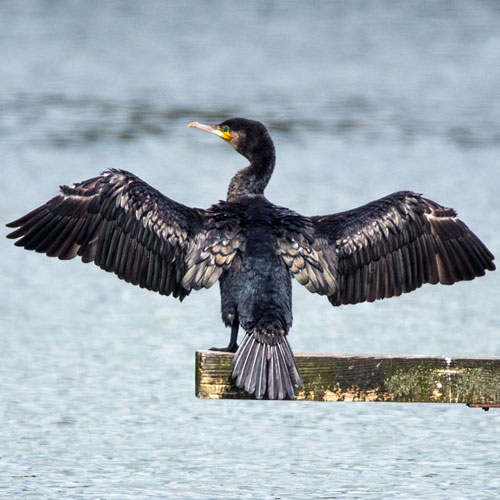 |
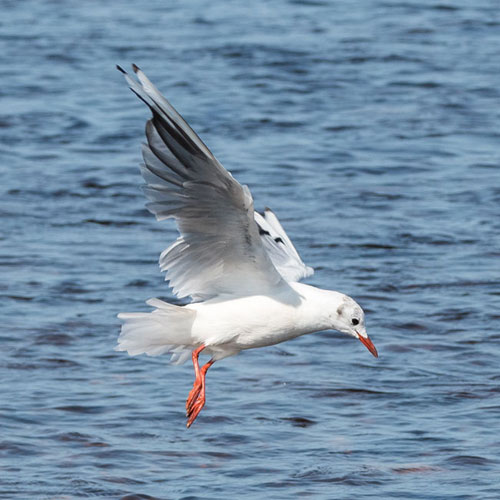 |
| Curlew |
Gannet |
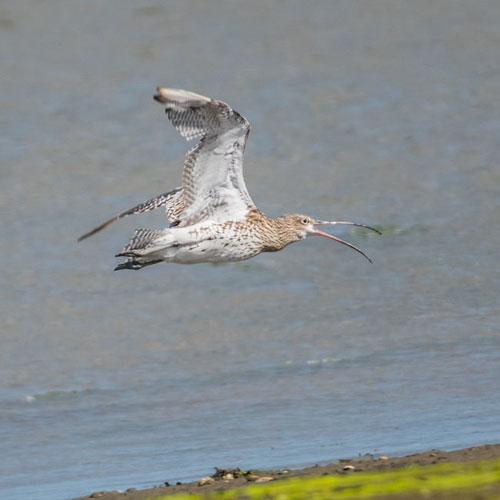 |
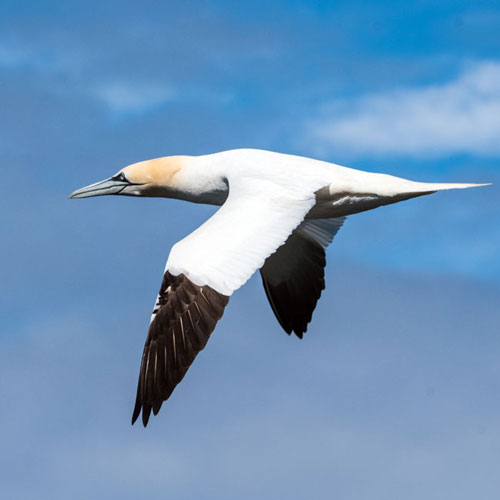 |
| Kittiwake |
Sandwich Tern |
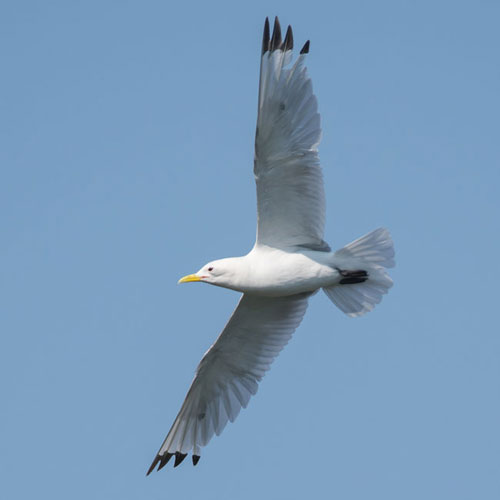 |
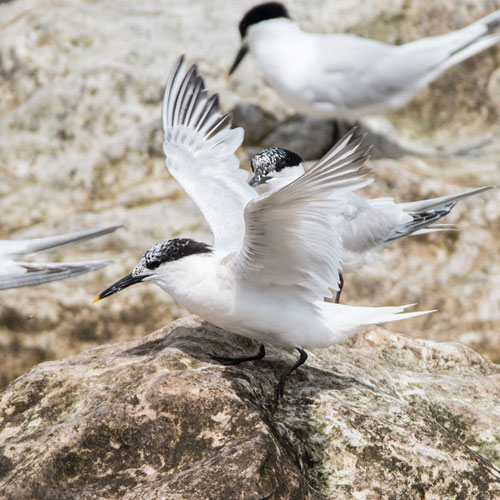 |
Gannet
ANIMALS
| Brown Hare |
Juvenile Common Toad |
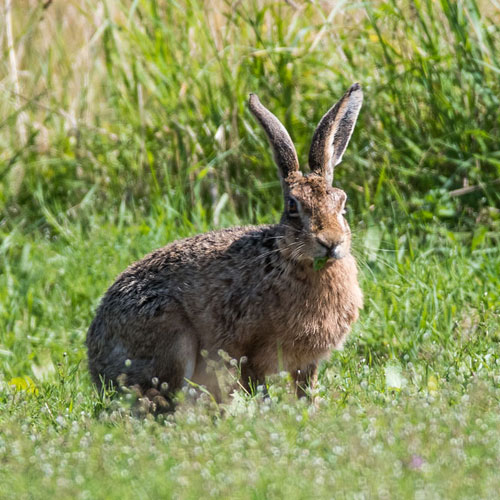 |
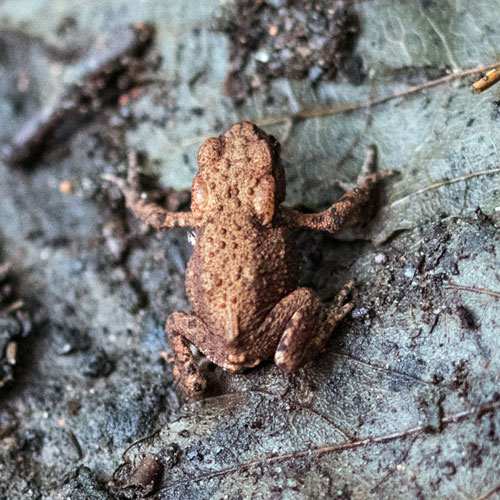 |
| Bottlenose
Dolphin |
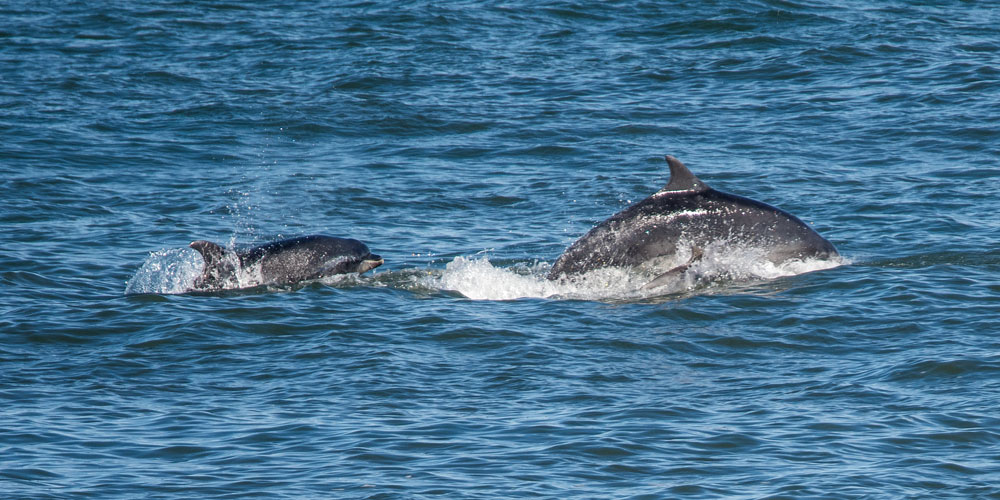 |
WATER
ACTION
| Little Grebe |
Coot |
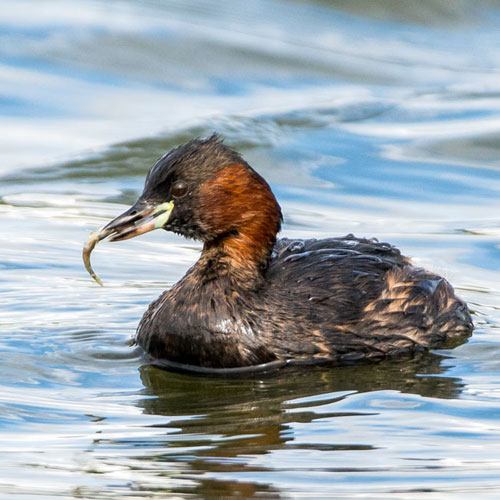 |
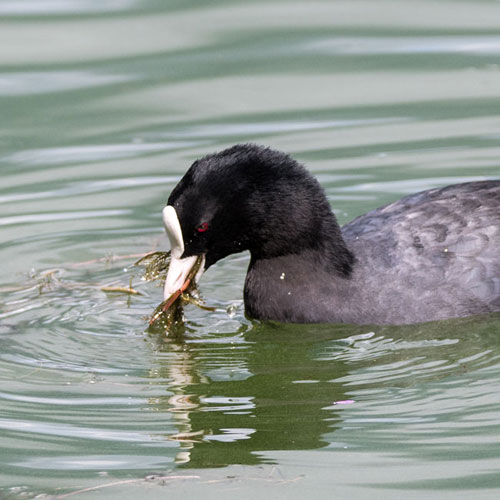 |
| Female Gadwall |
Juvenile Female Goosander |
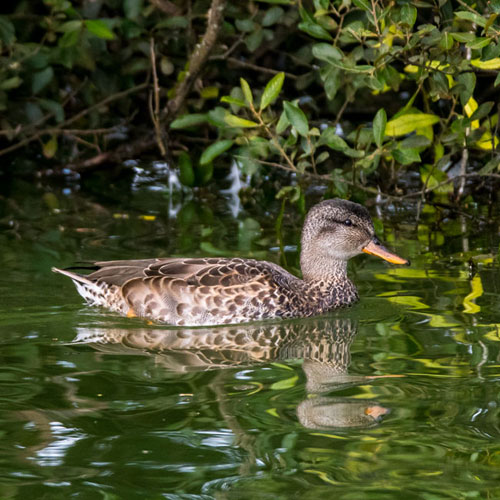 |
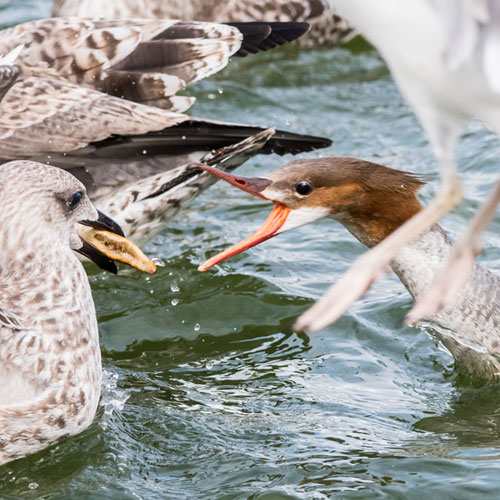 |
| Ruff |
Grey Heron |
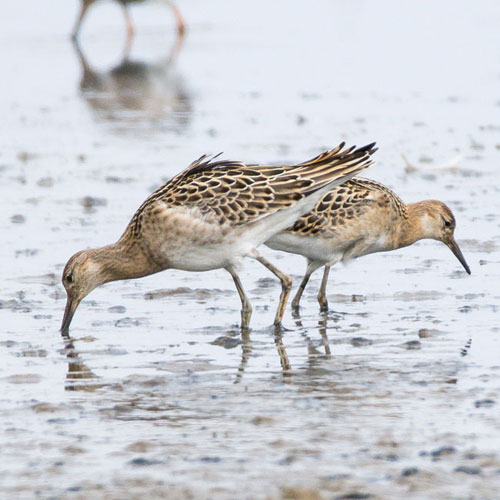 |
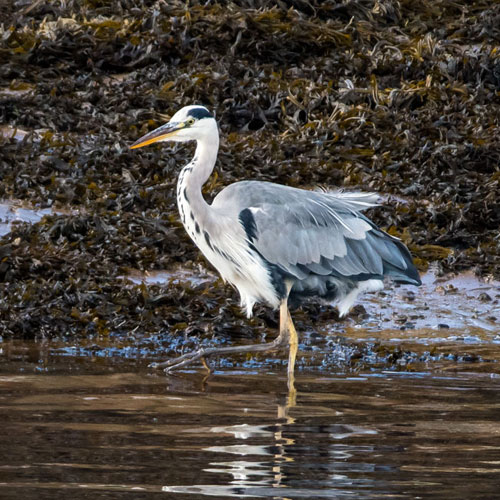 |
| Female House Sparrow |
Herring Gull / Sandwich Tern |
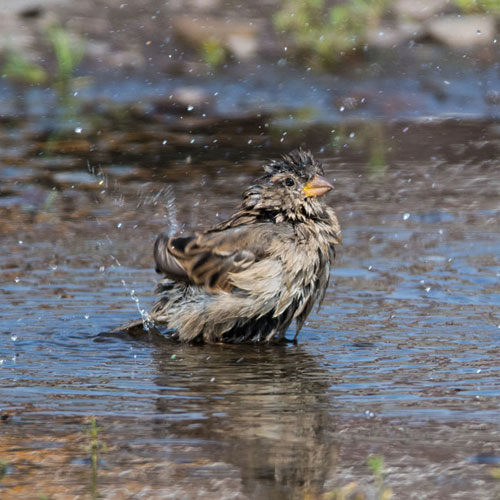 |
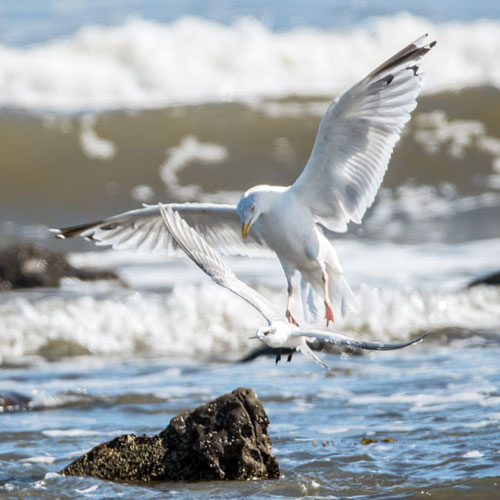 |
INVERTEBRATE
| Bog Hoverfly |
Antler Moth |
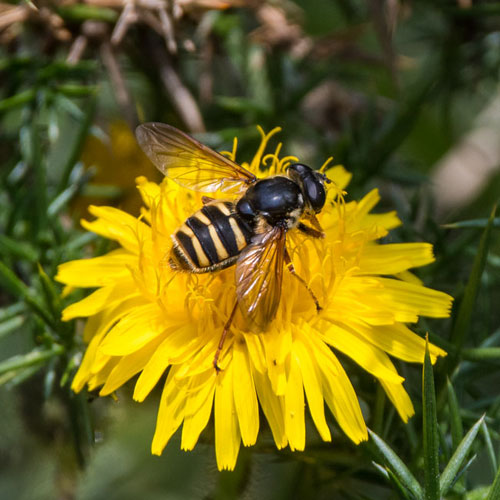 |
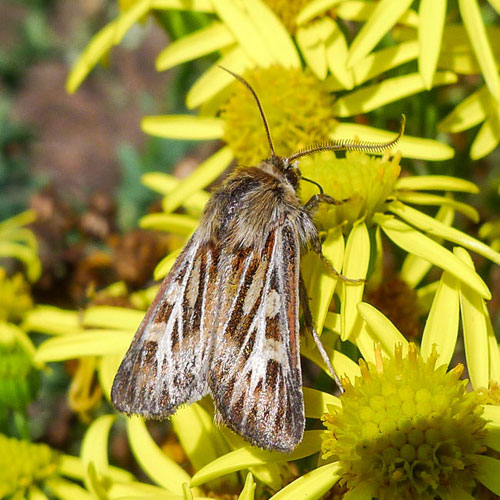 |
| Dragonfly: Common Darter |
Common Green Grasshopper |
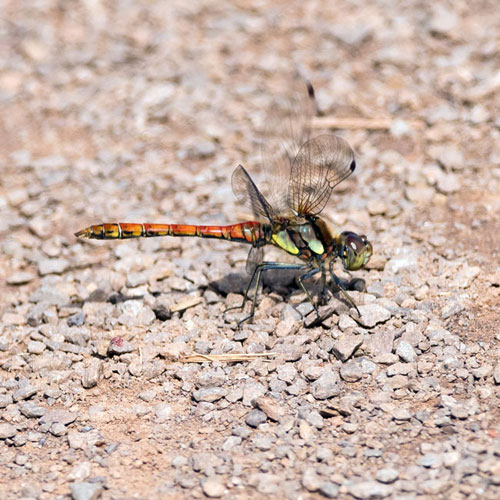 |
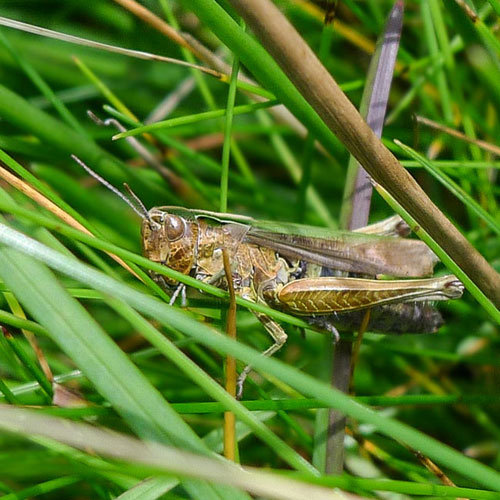 |
| Dragonfly: Southern
Hawker |
Honey Bee |
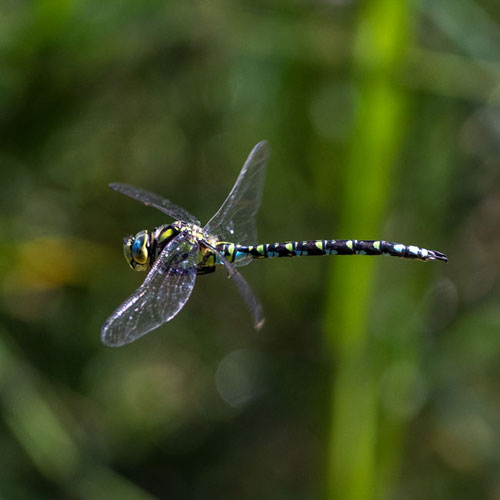 |
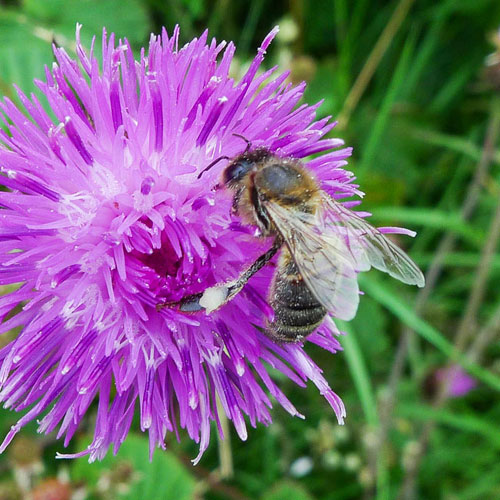 |
| Wasp: Pimpla rufipes |
Marmalade
Hoverfly |
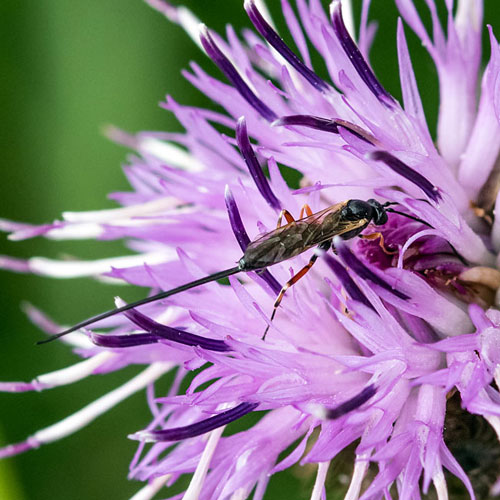 |
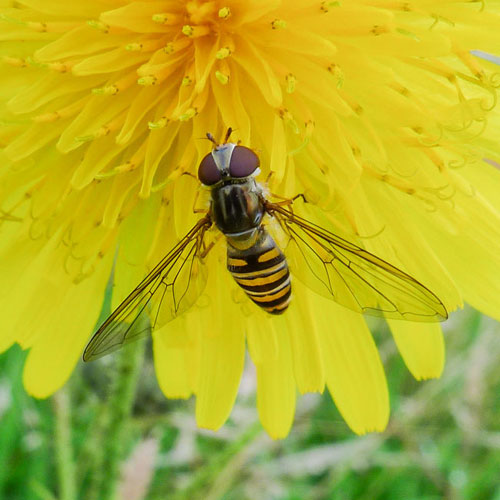 |
RAPTORS
| Juvenile Osprey |
Common Buzzard |
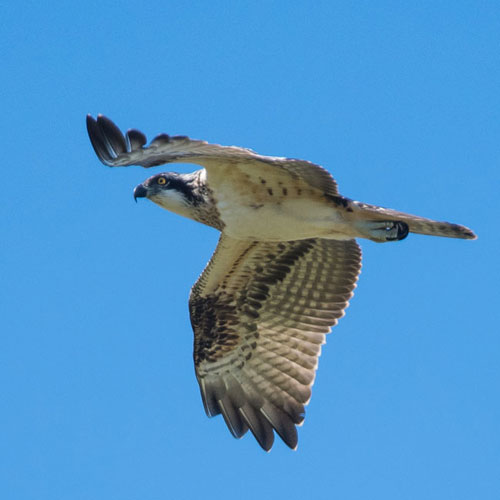 |
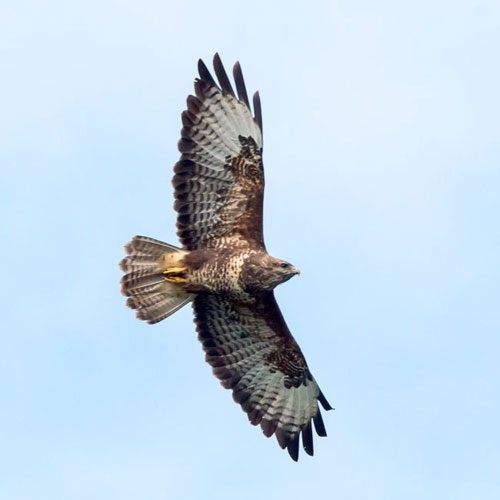 |
FLOWERS
| Canadian Goldenrod |
Devil's Bit Scabious |
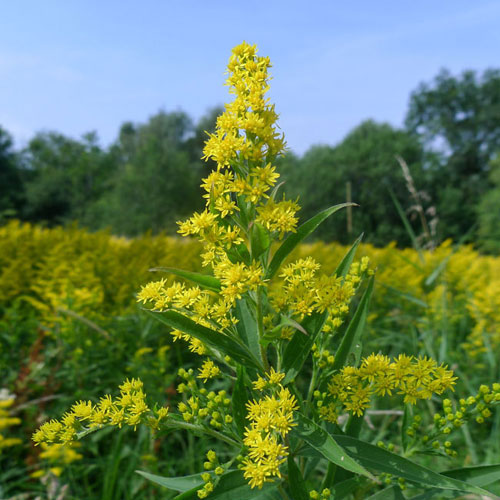 |
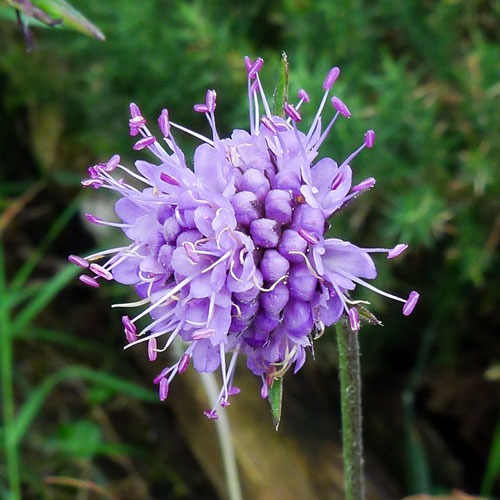 |
| Grass of Parnassus |
Himalayan Balsam |
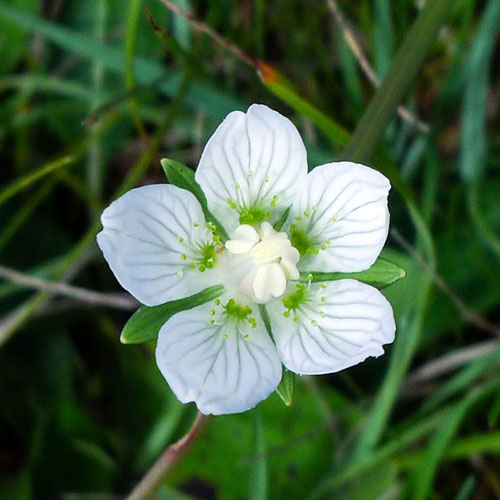 |
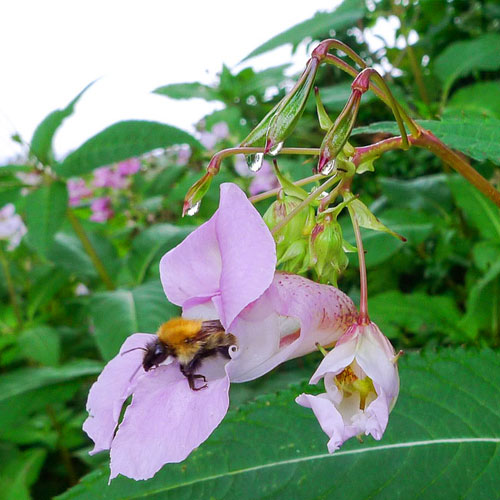 |
| Knapweed |
Lady's Bedstraw |
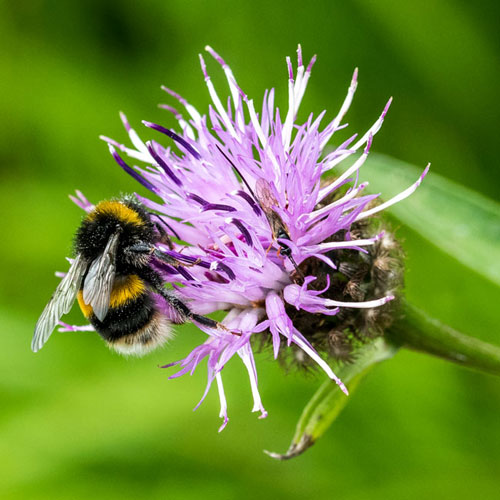 |
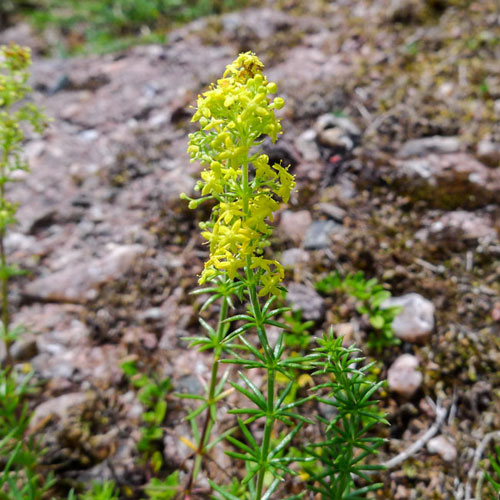 |
| Spring Beauty |
Vipers Bugloss |
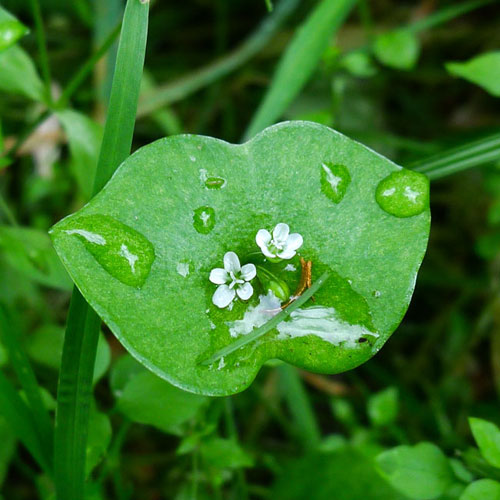 |
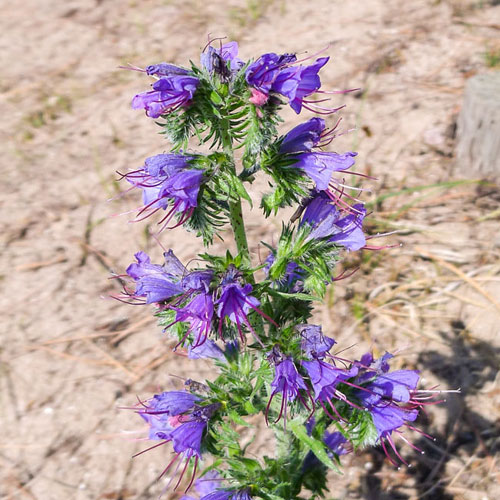 |
BUTTERFLIES
| Wall |
Red Admiral |
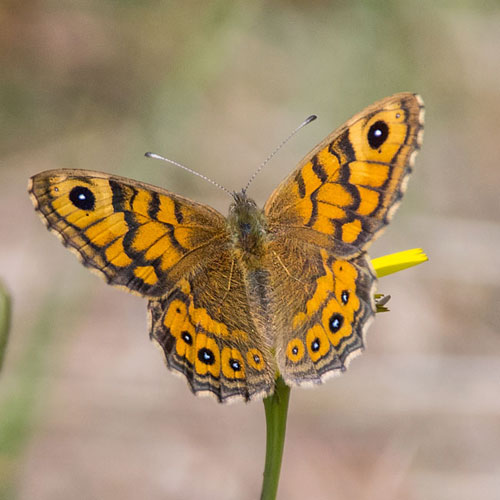 |
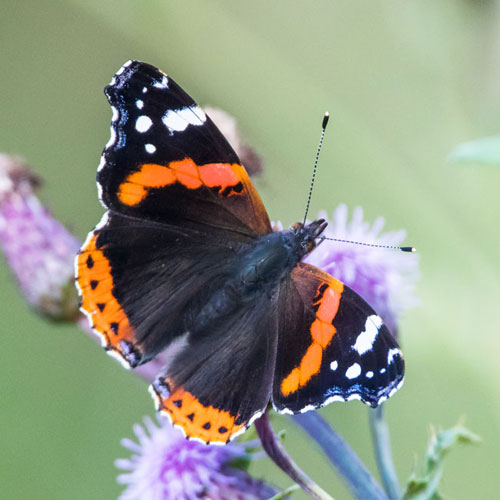 |
| Small Copper |
Peacock |
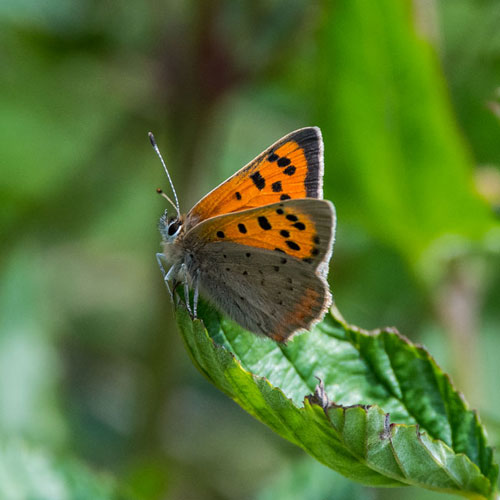 |
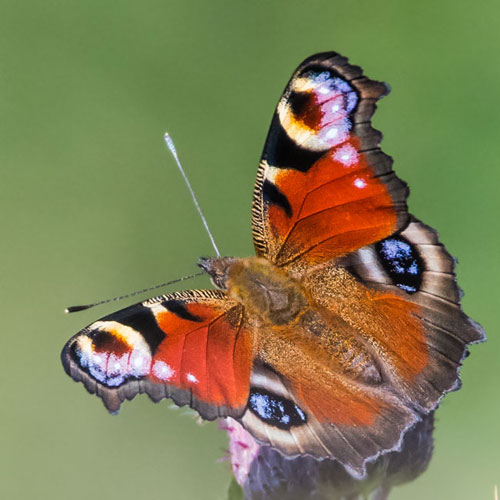 |
| Painted Lady |
Large White |
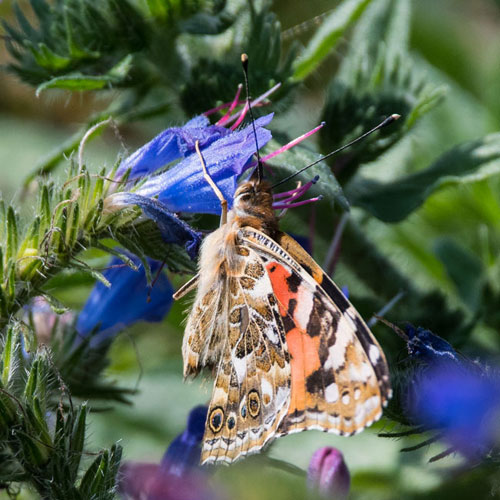 |
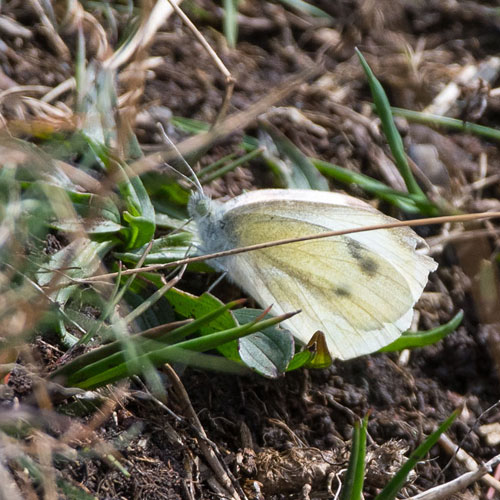 |
| Green-veined White |
Meadow Brown |
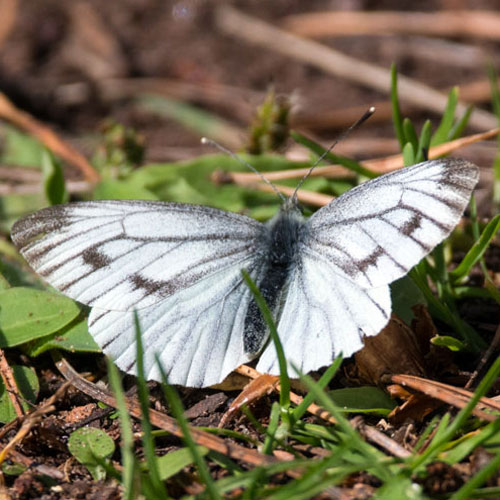 |
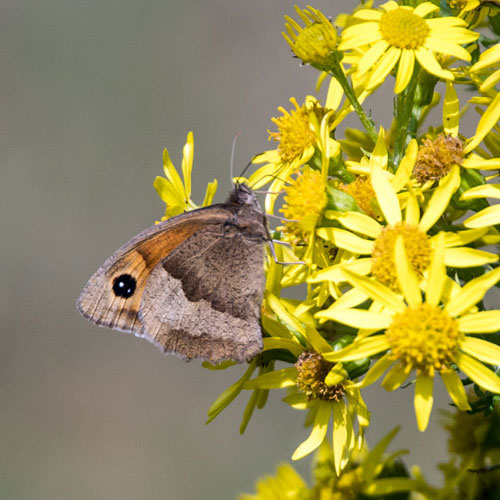 |
FRUITS
| Bramble |
Honeysuckle |
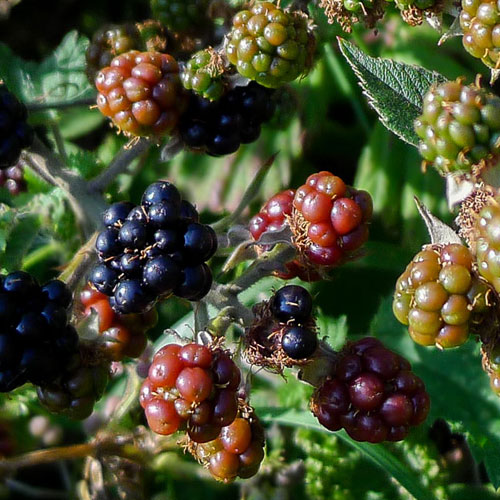 |
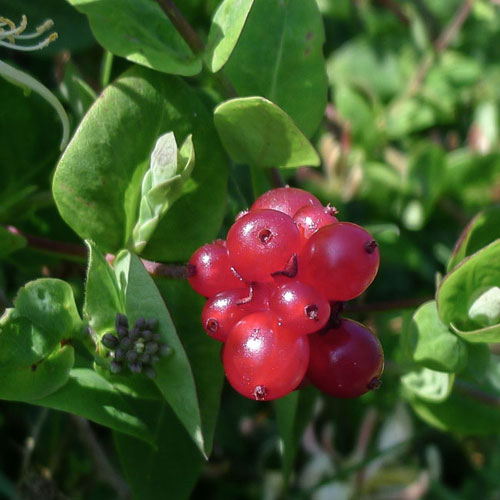 |
| Rowan |
Wild Rose |
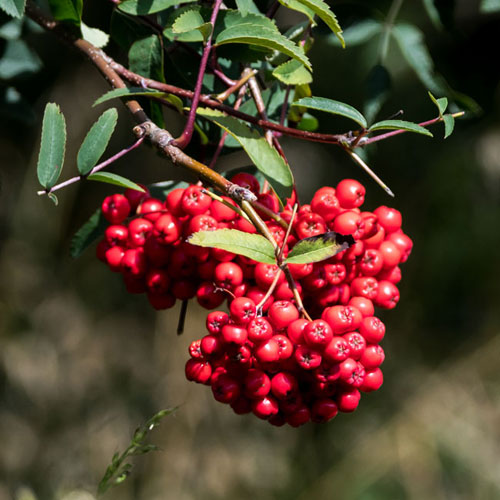 |
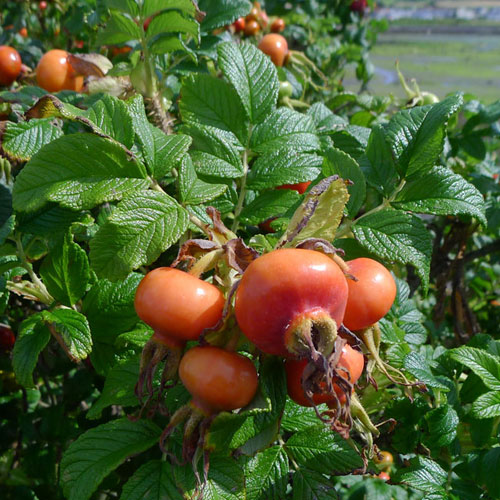 |
| Sea Radish |
Raspberry |
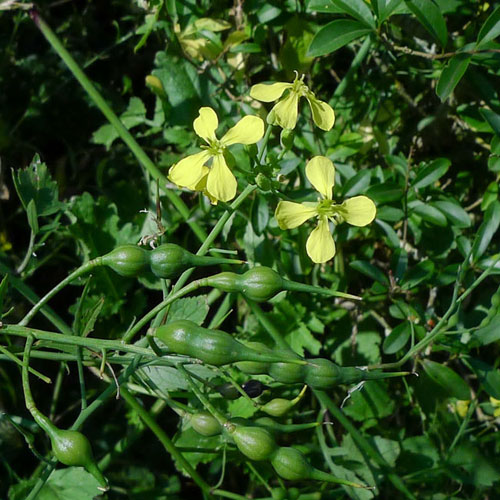 |
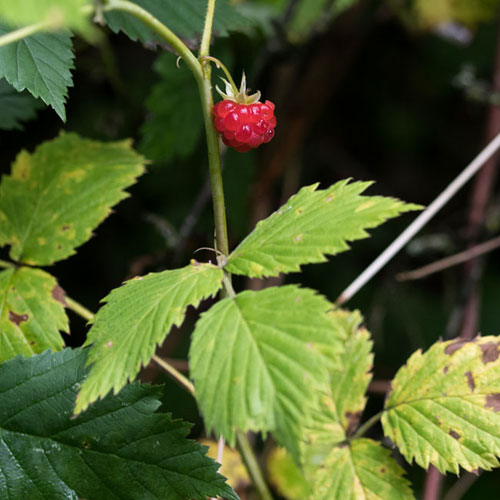 |
Back To Top
|

